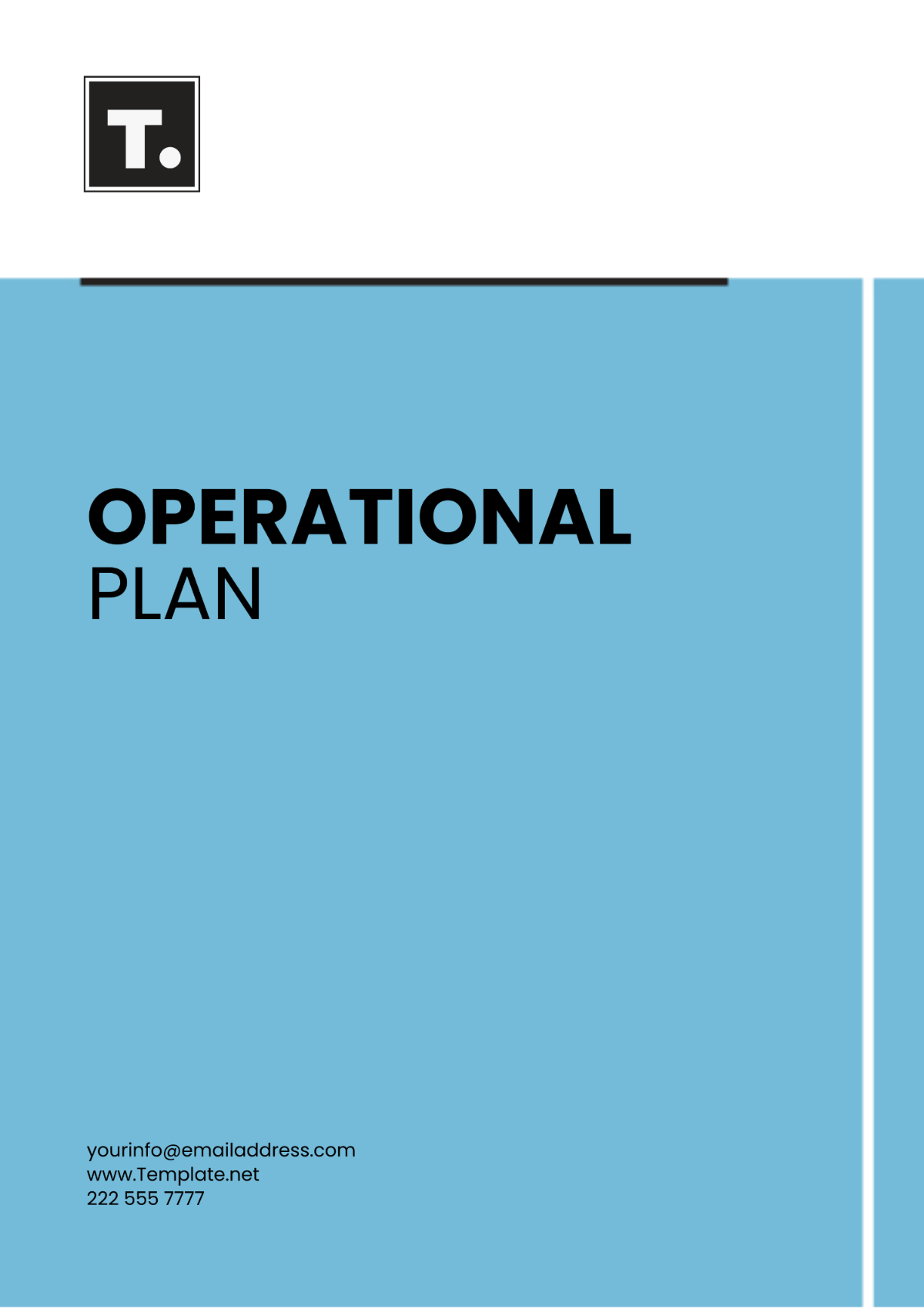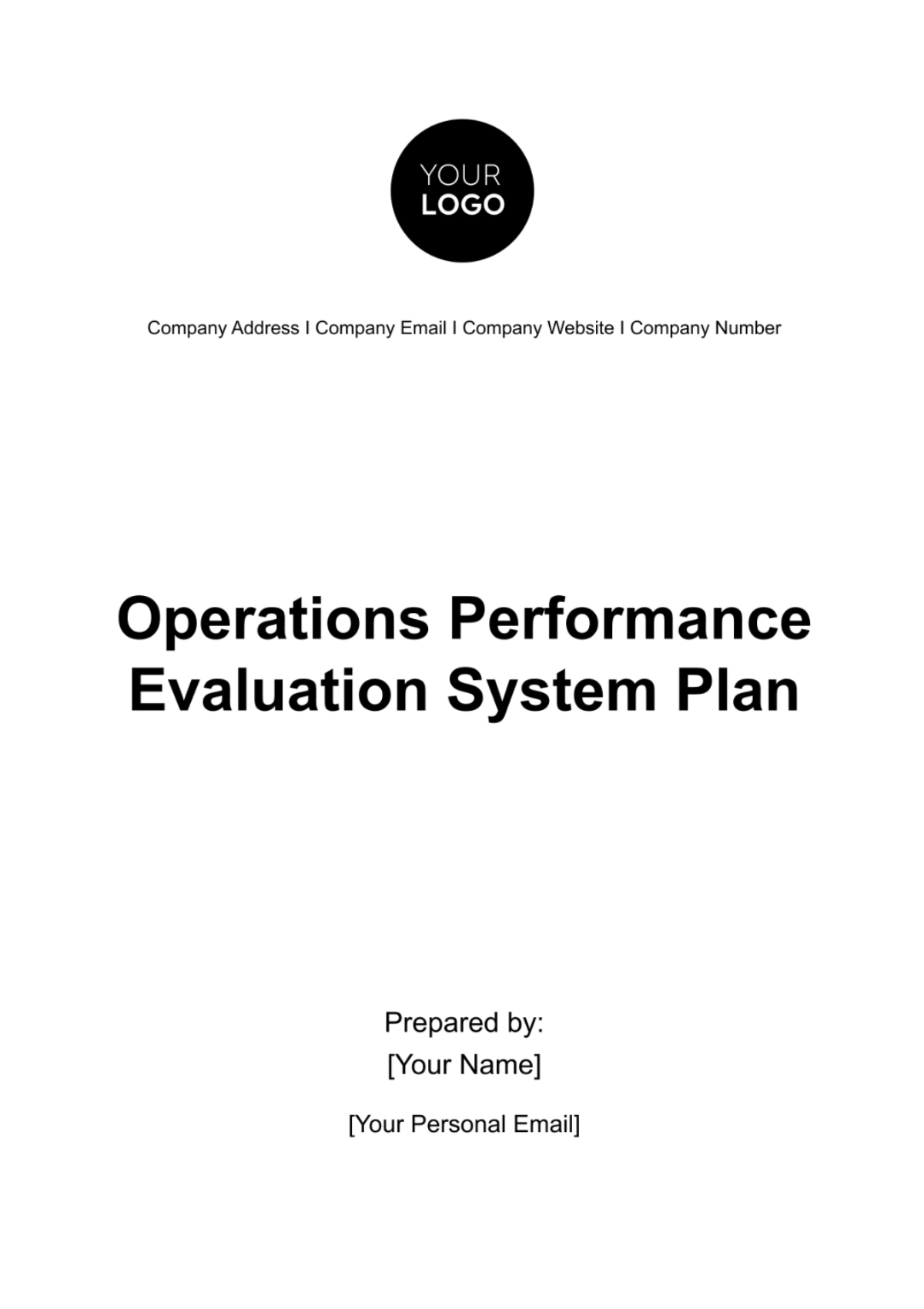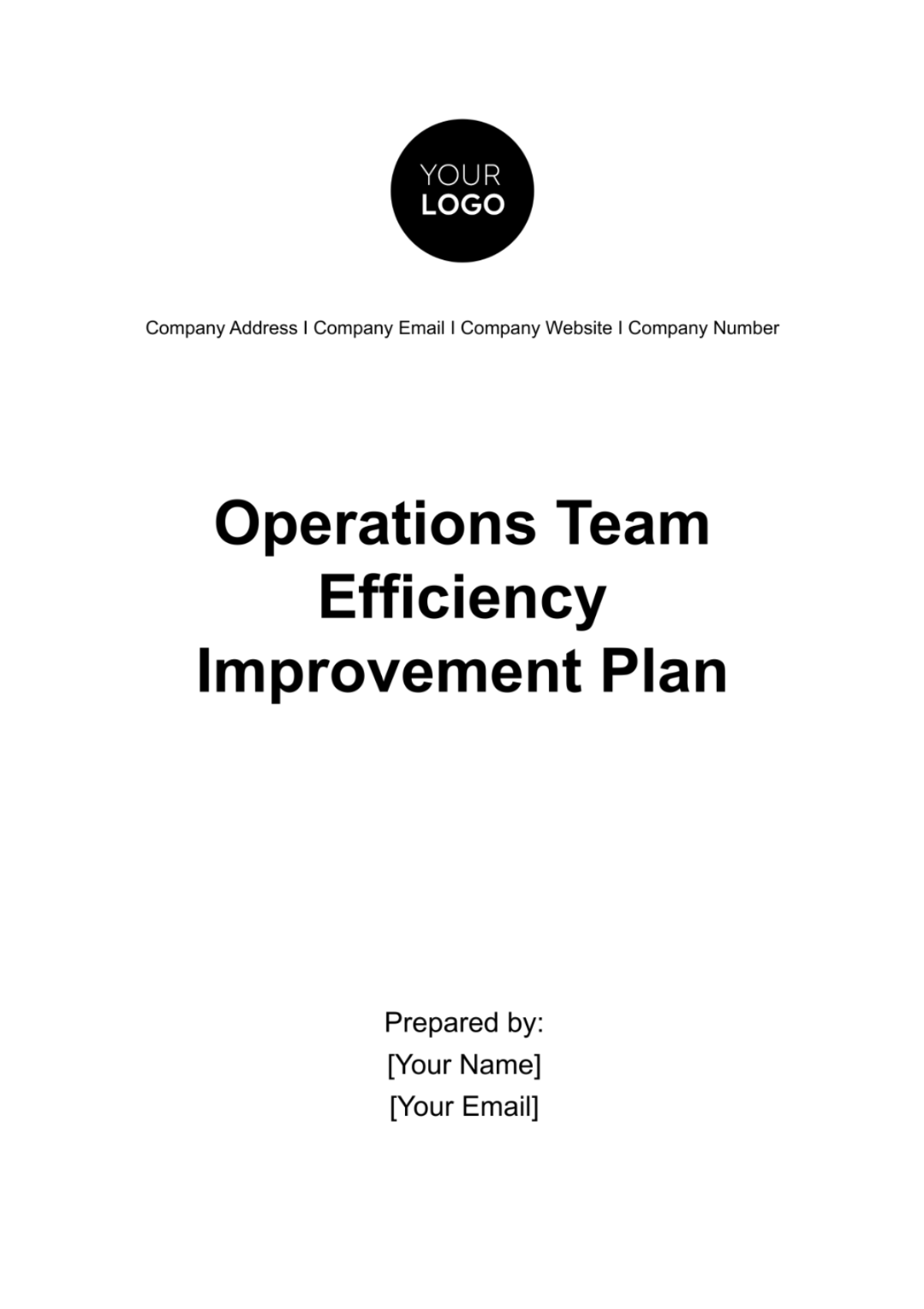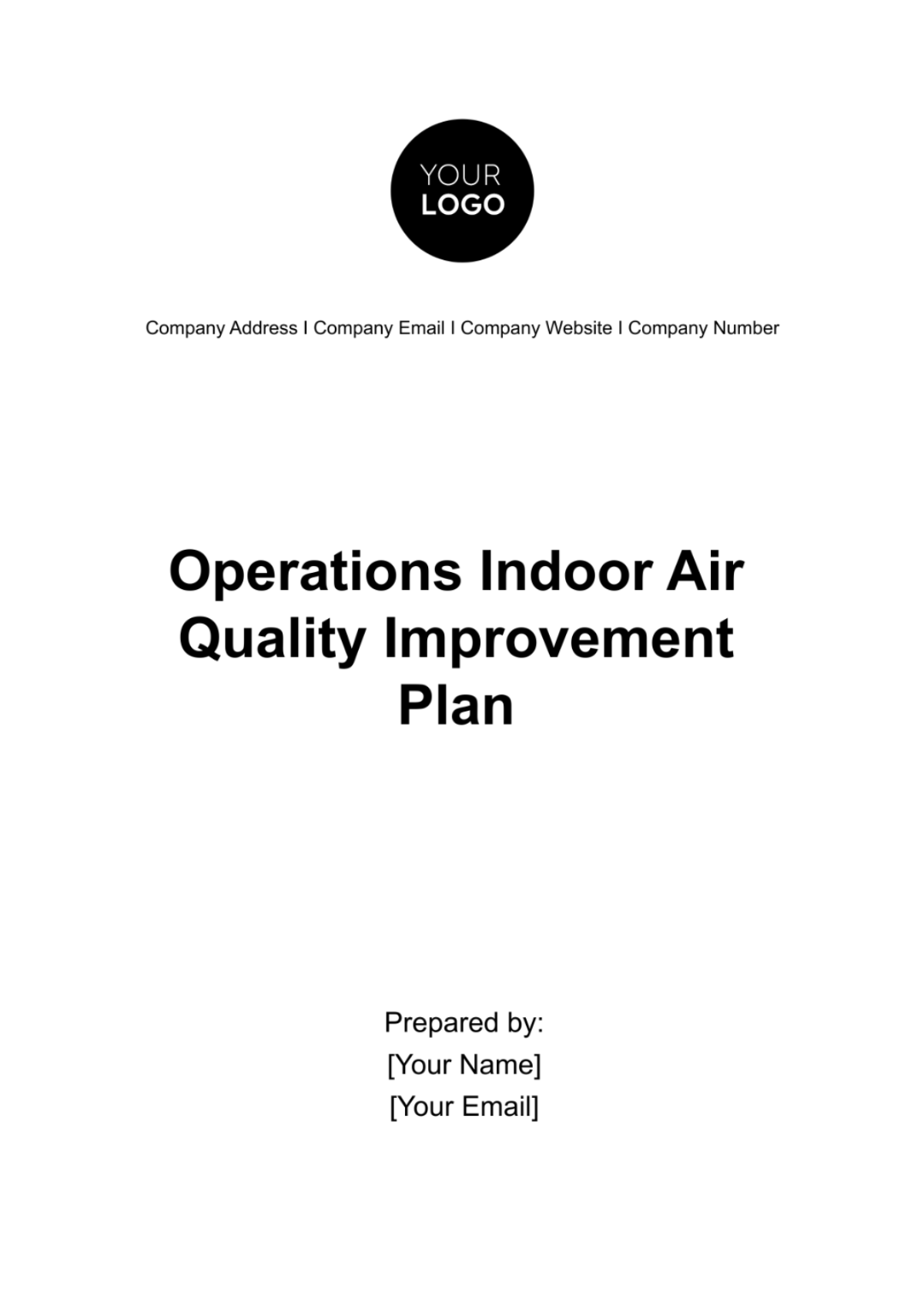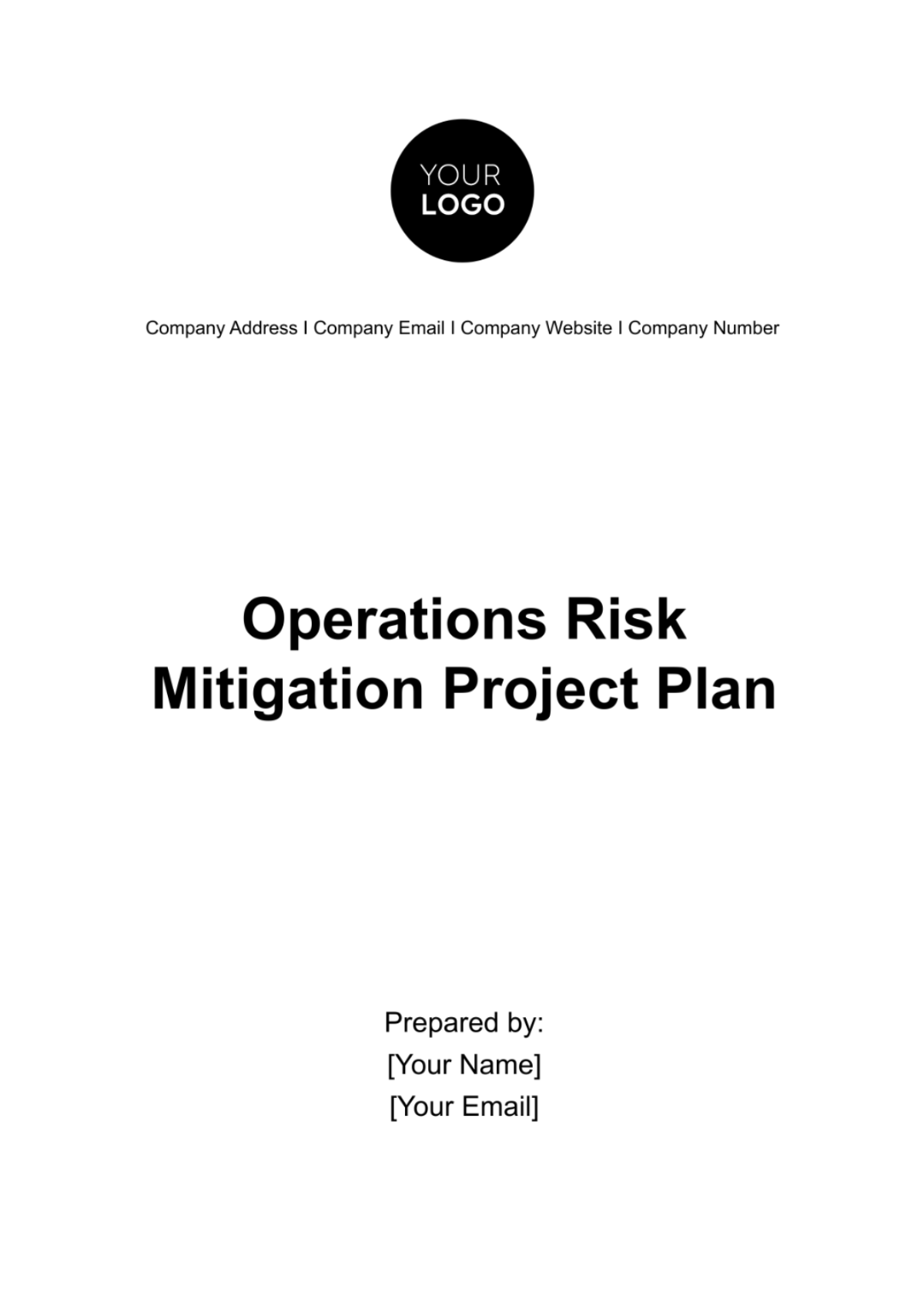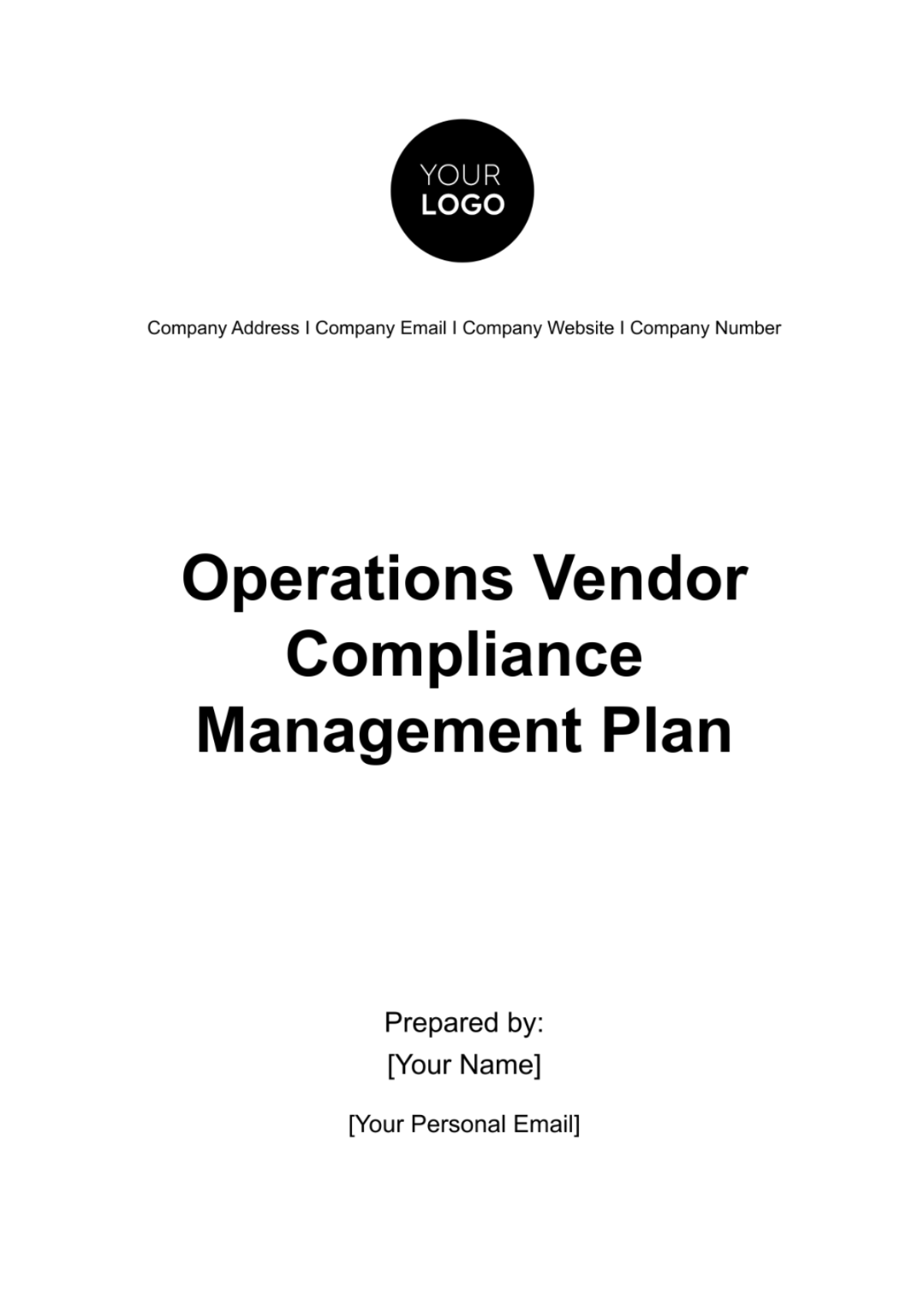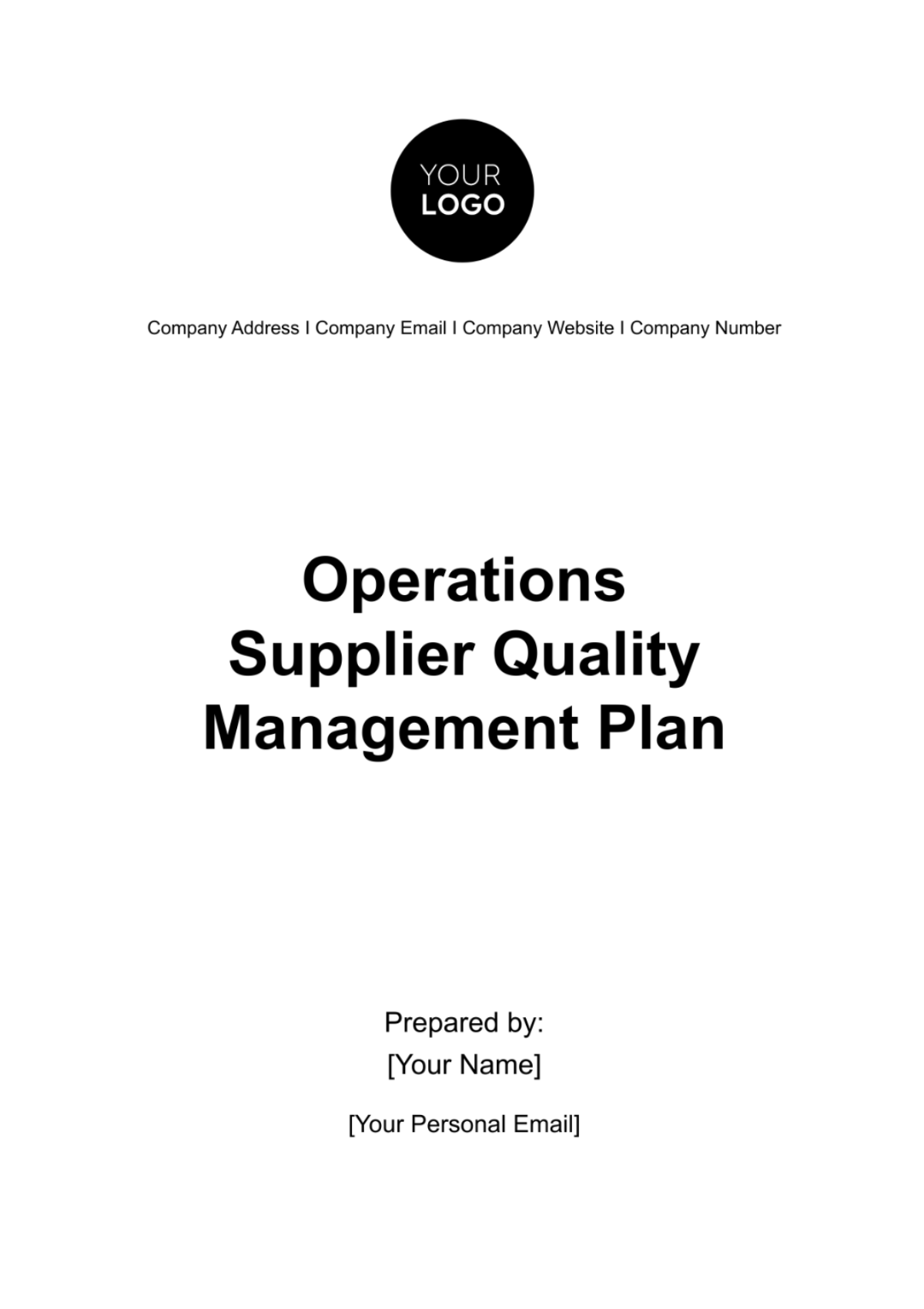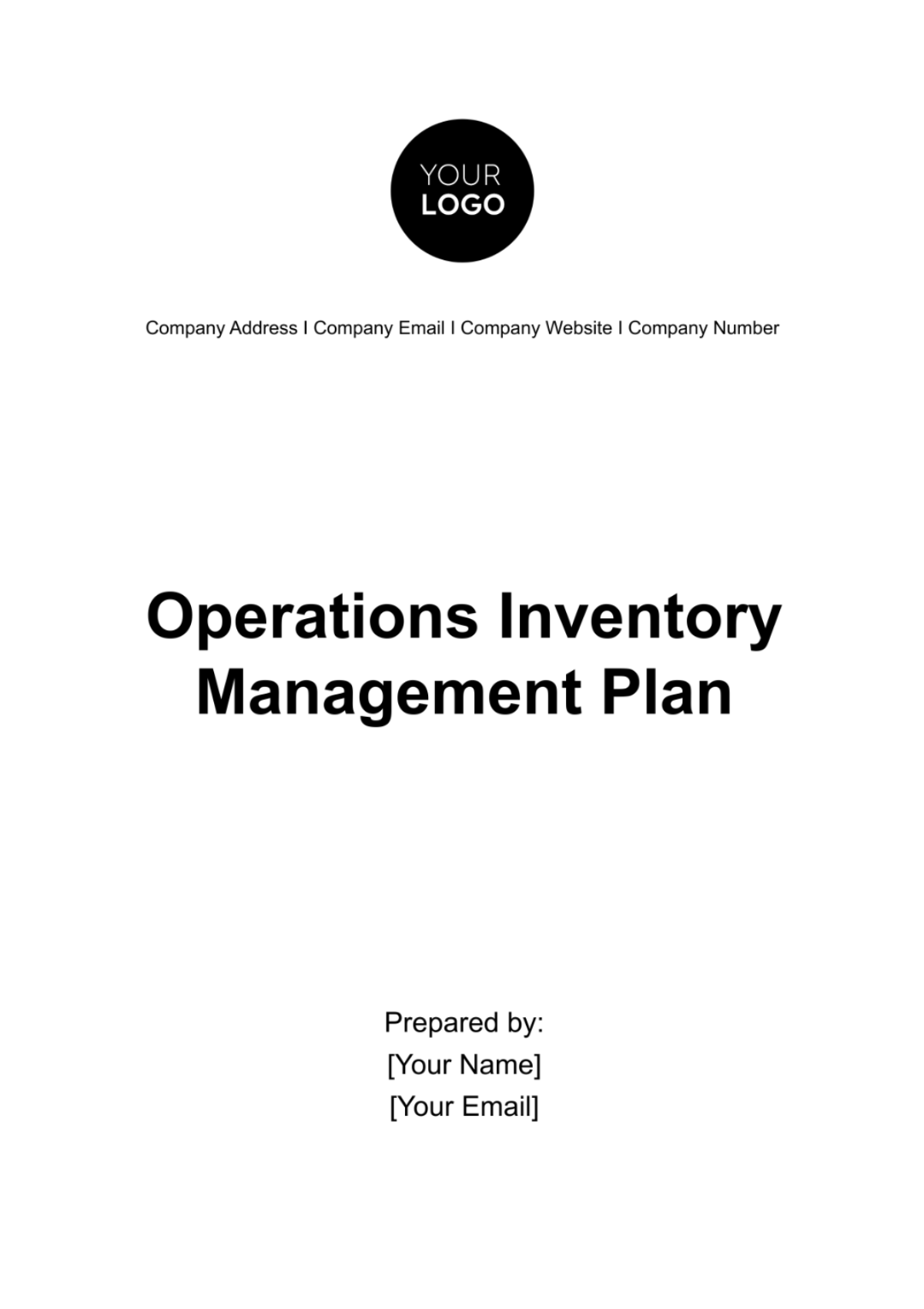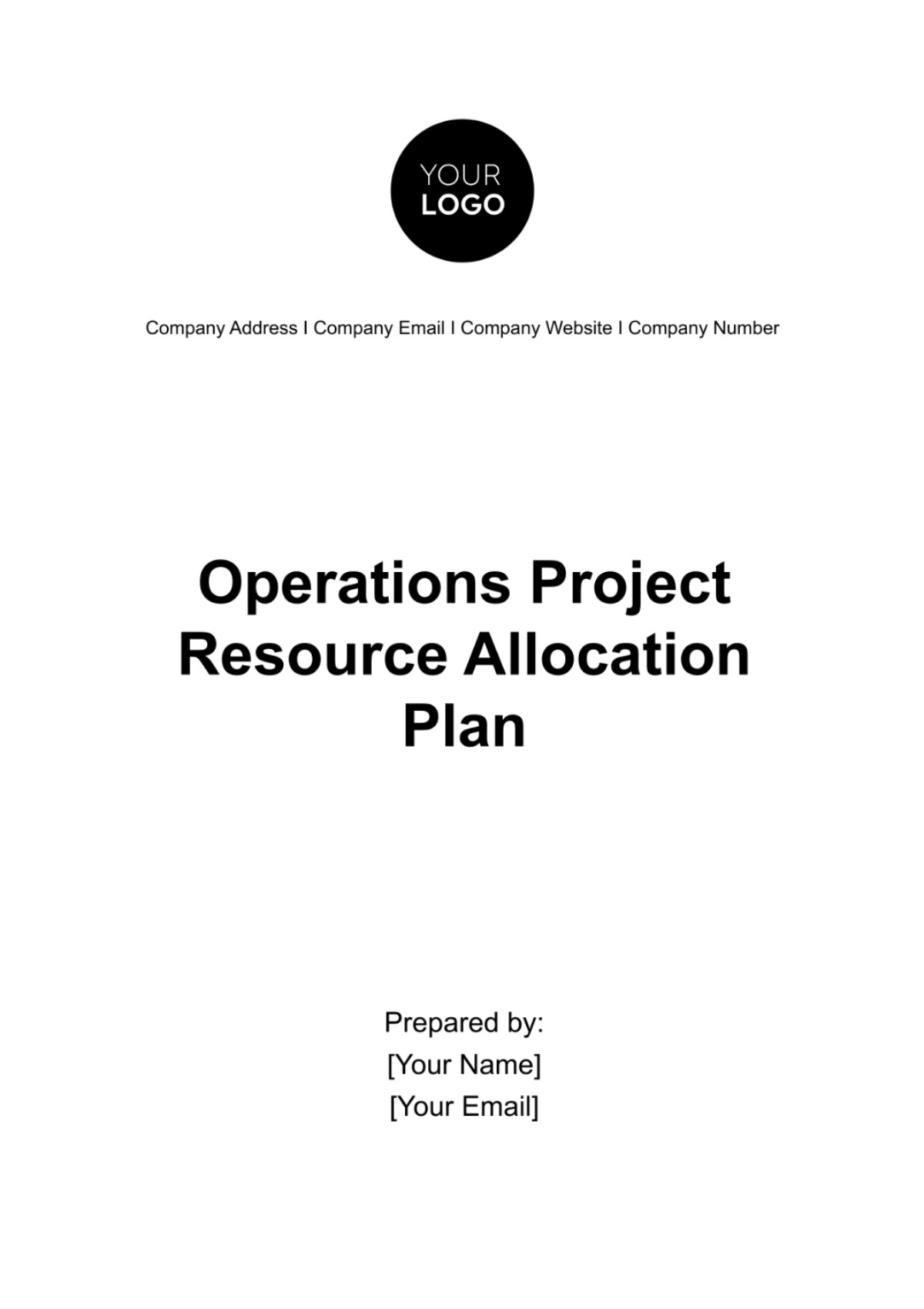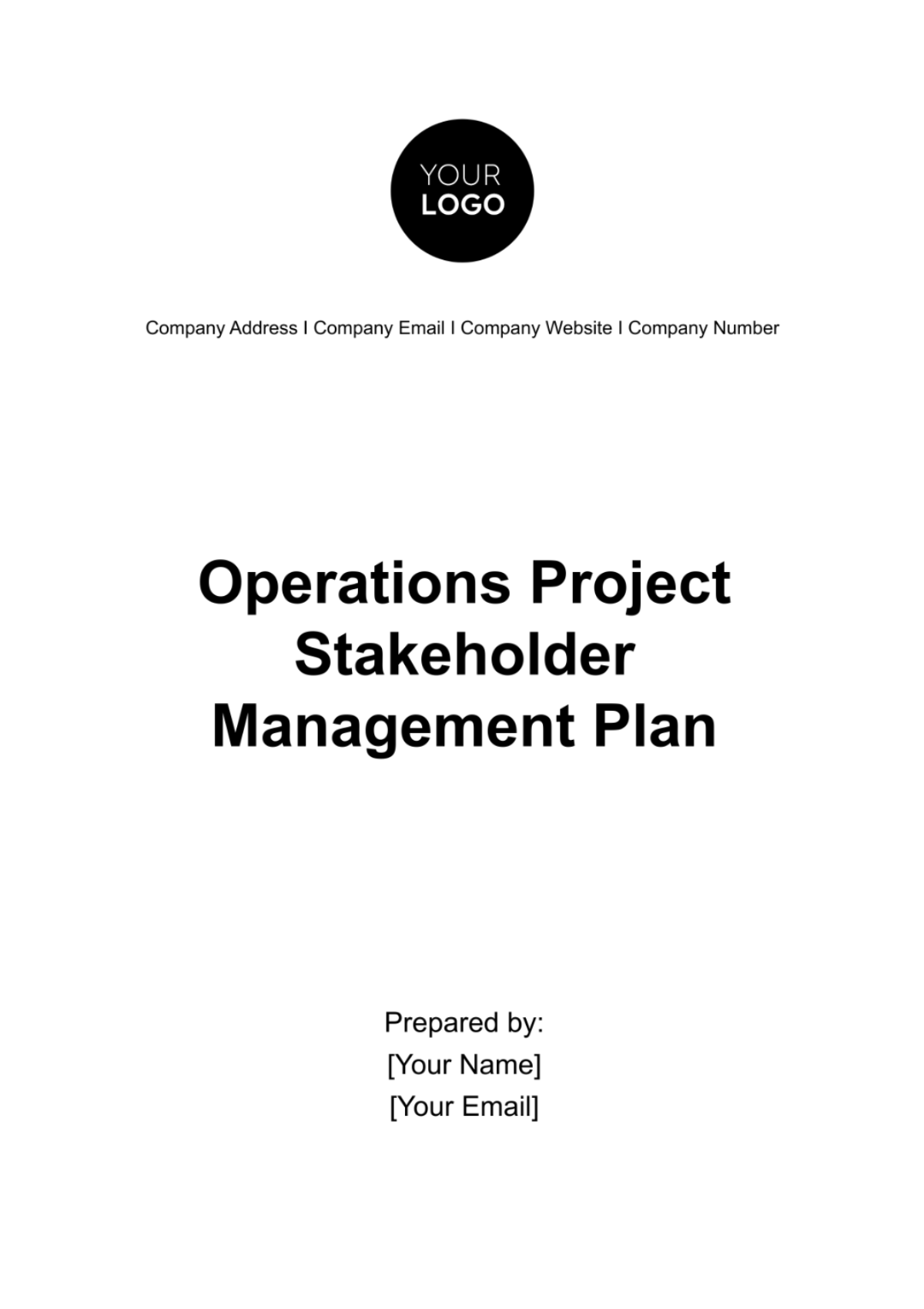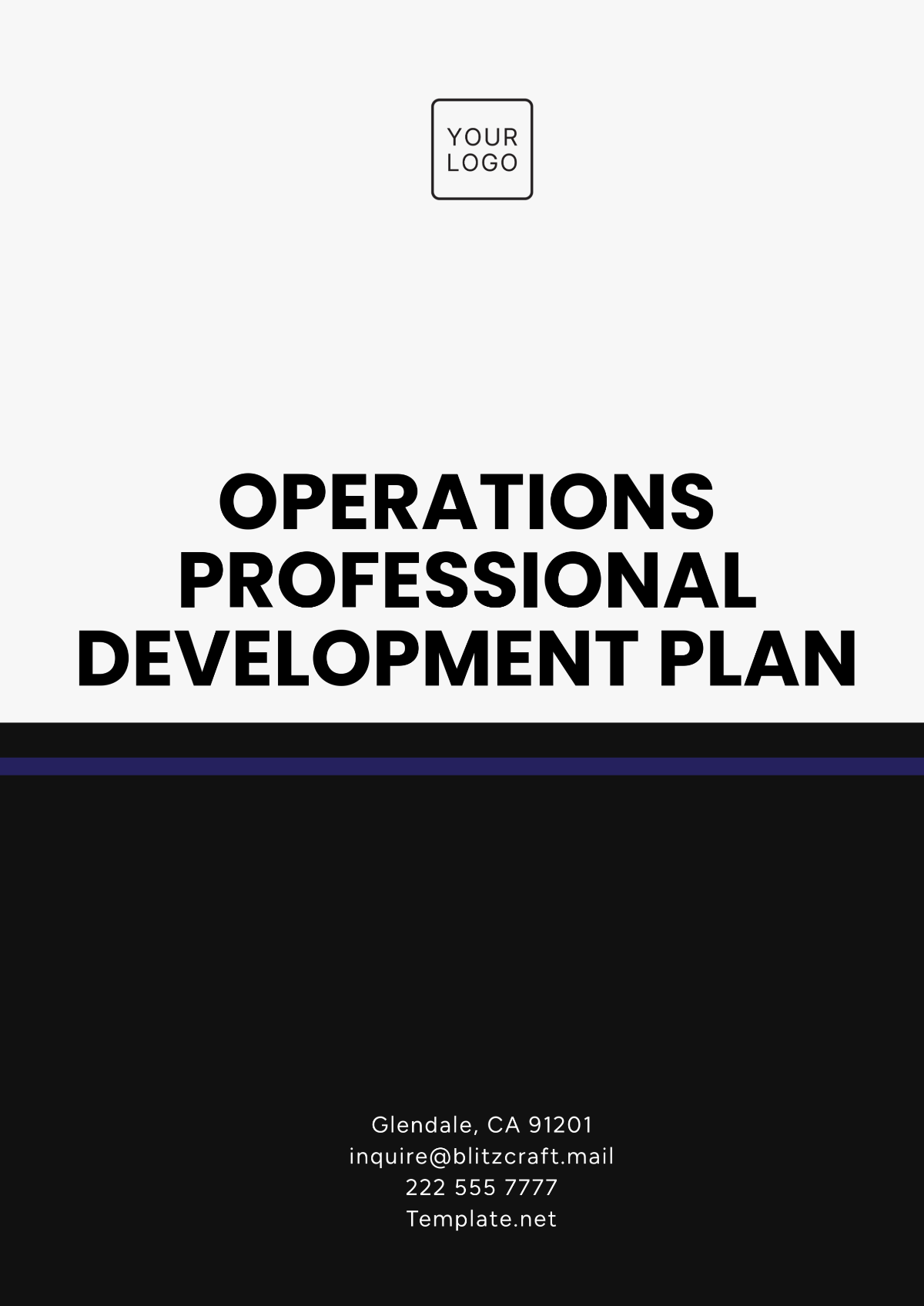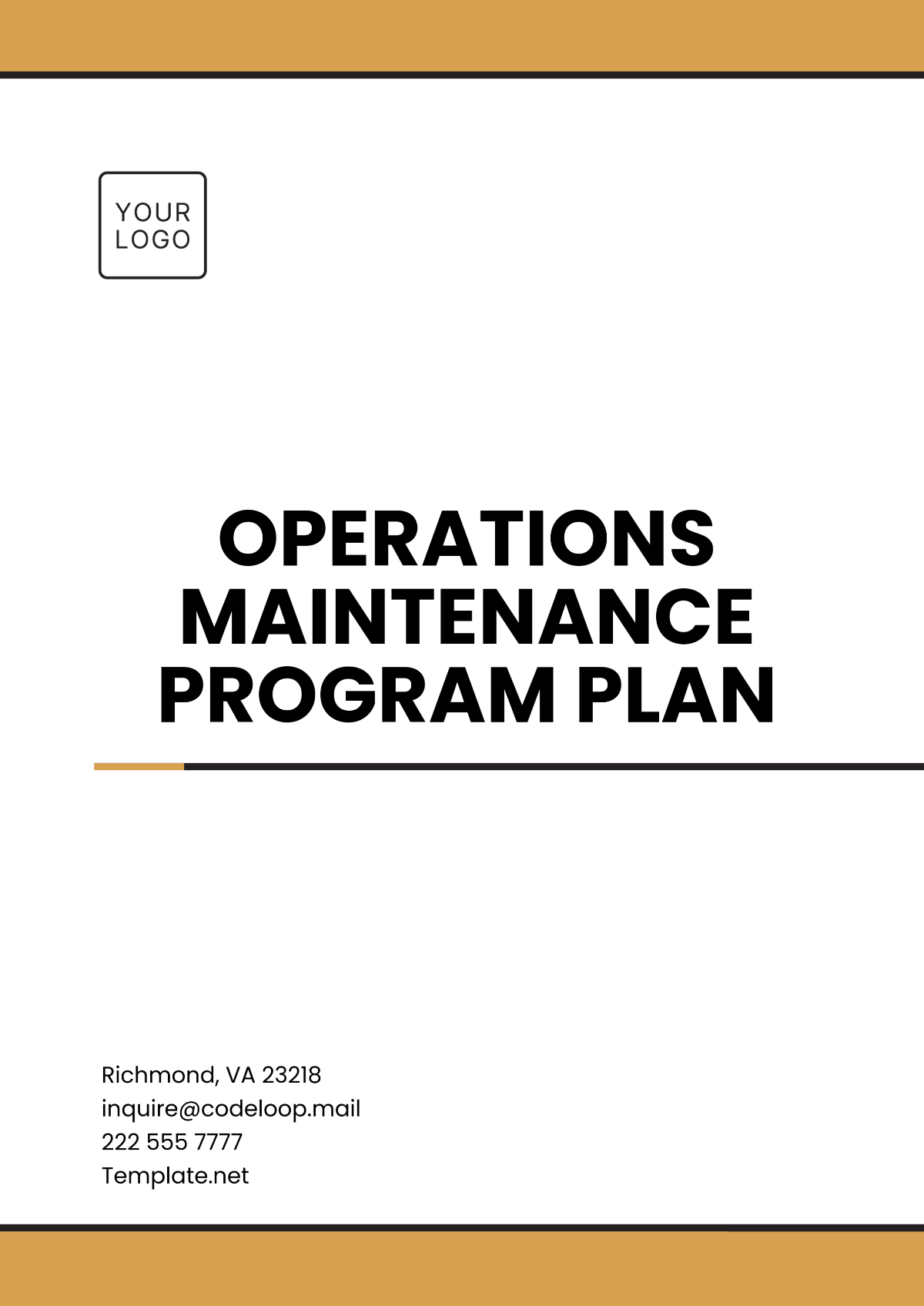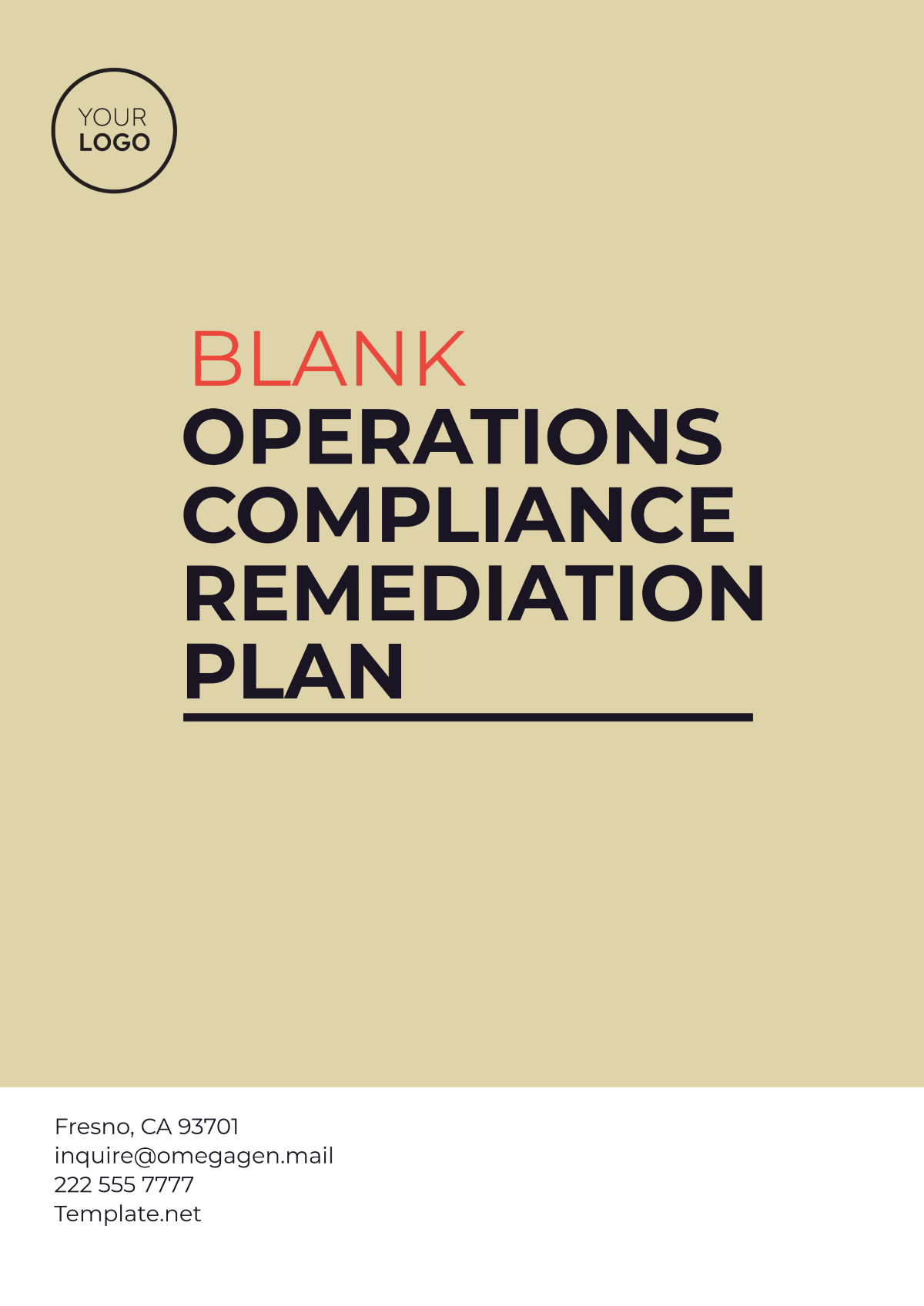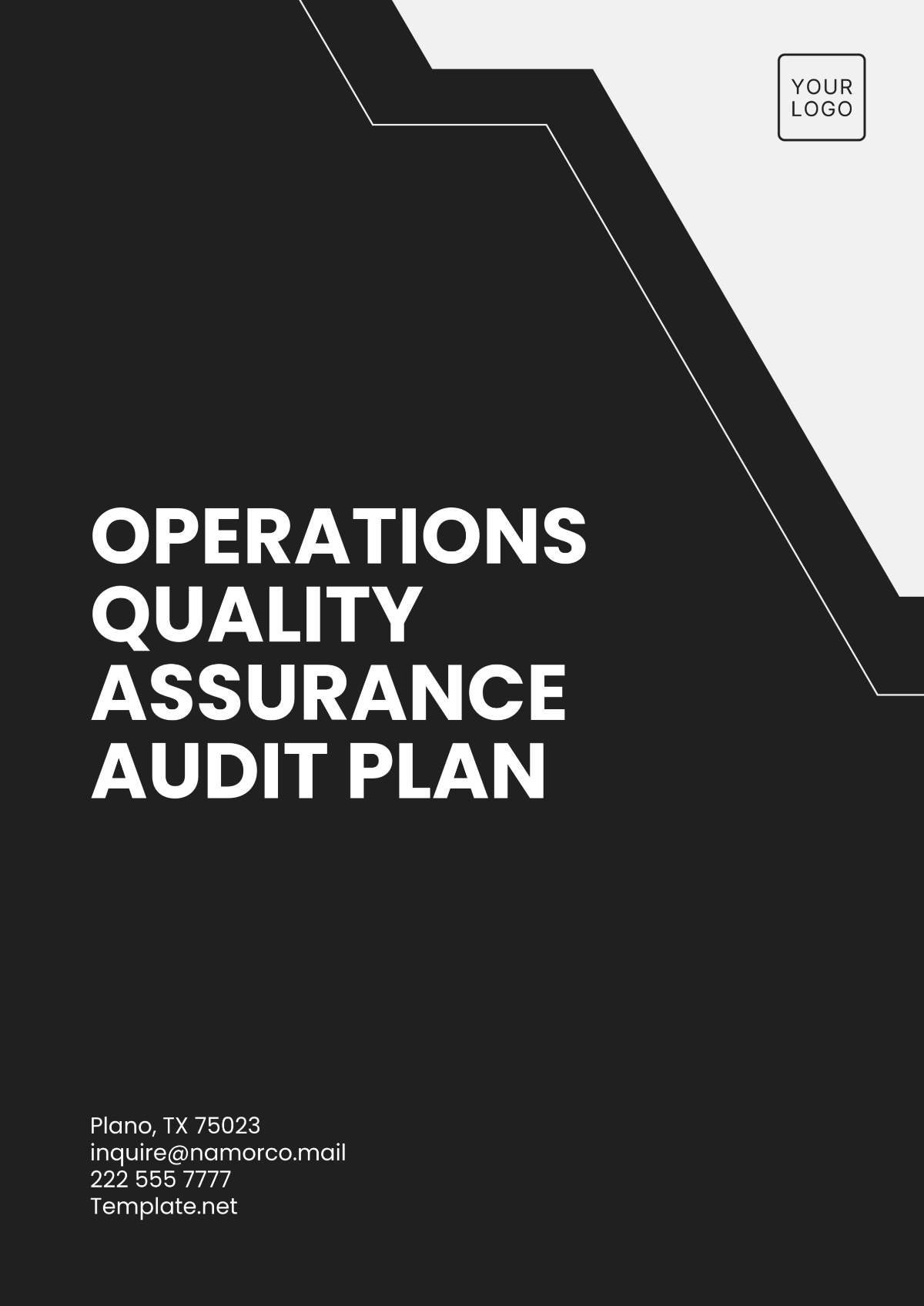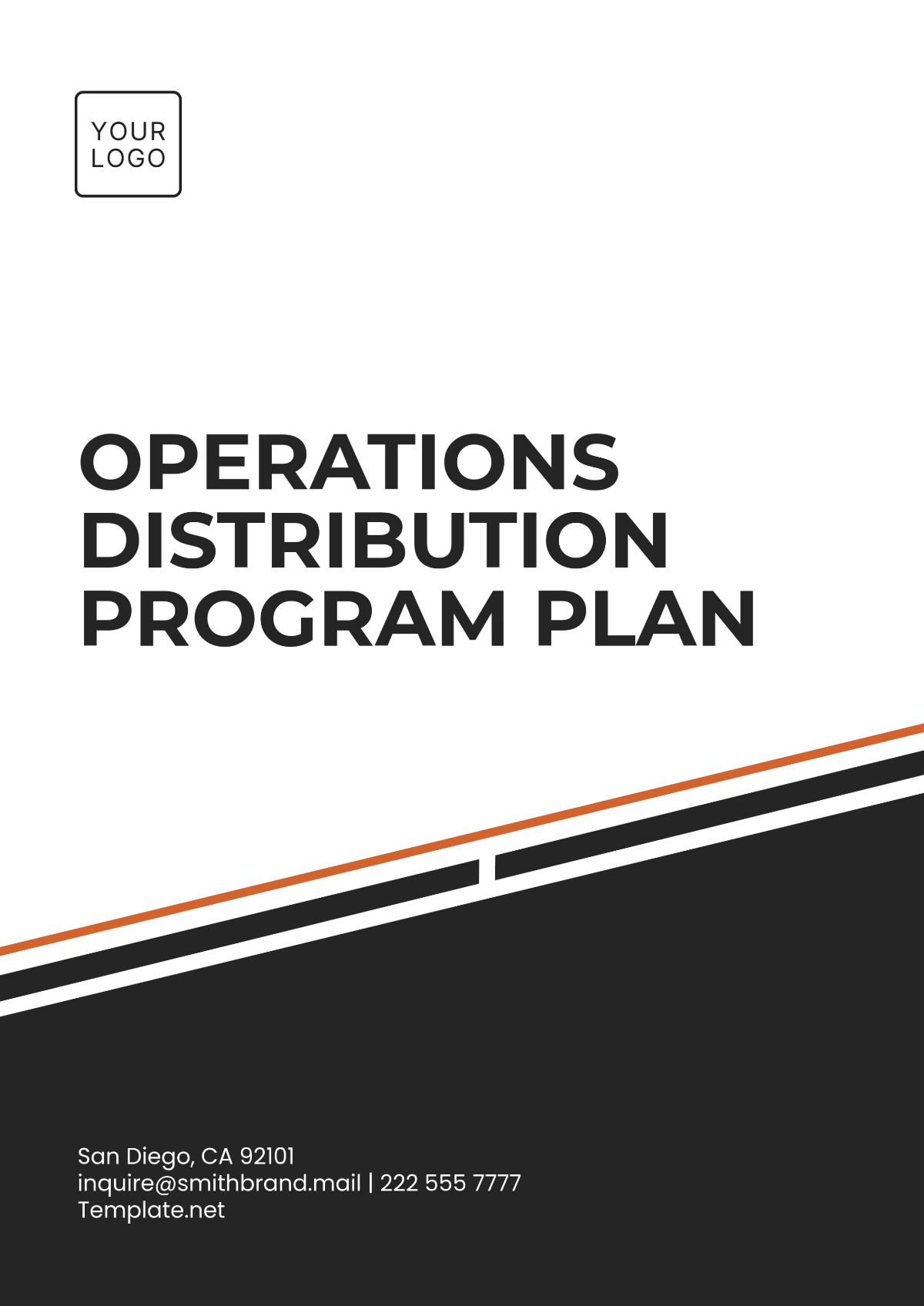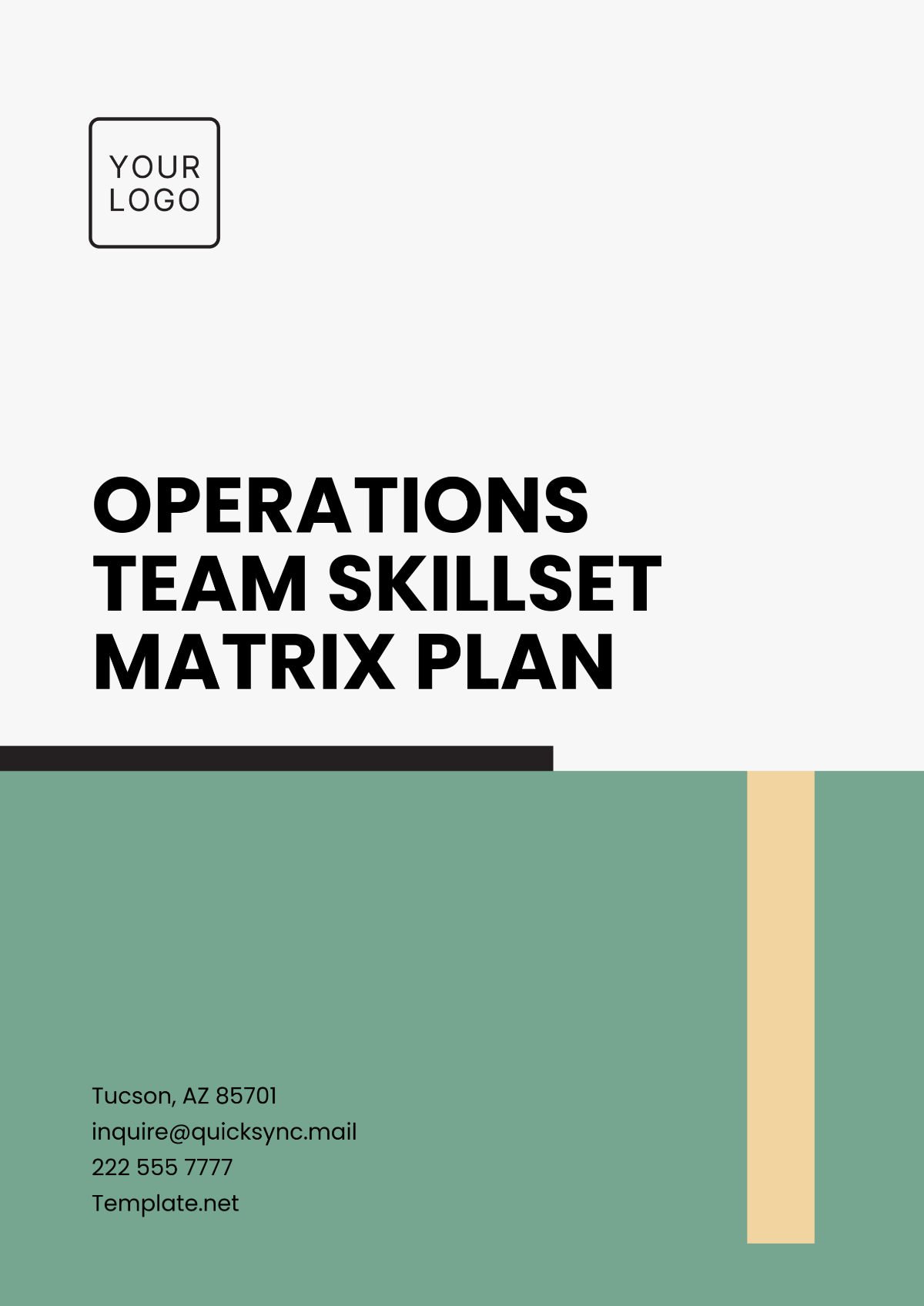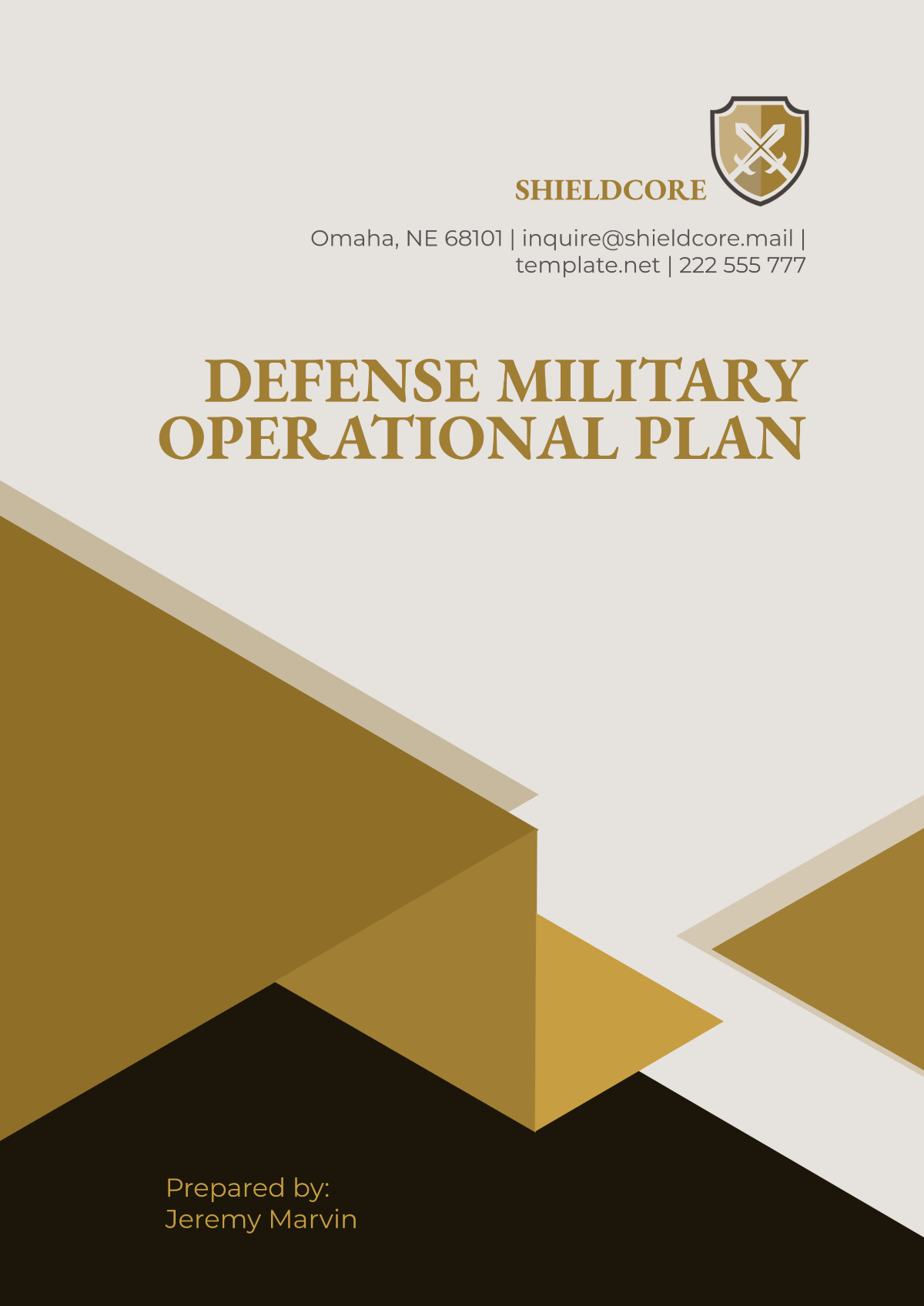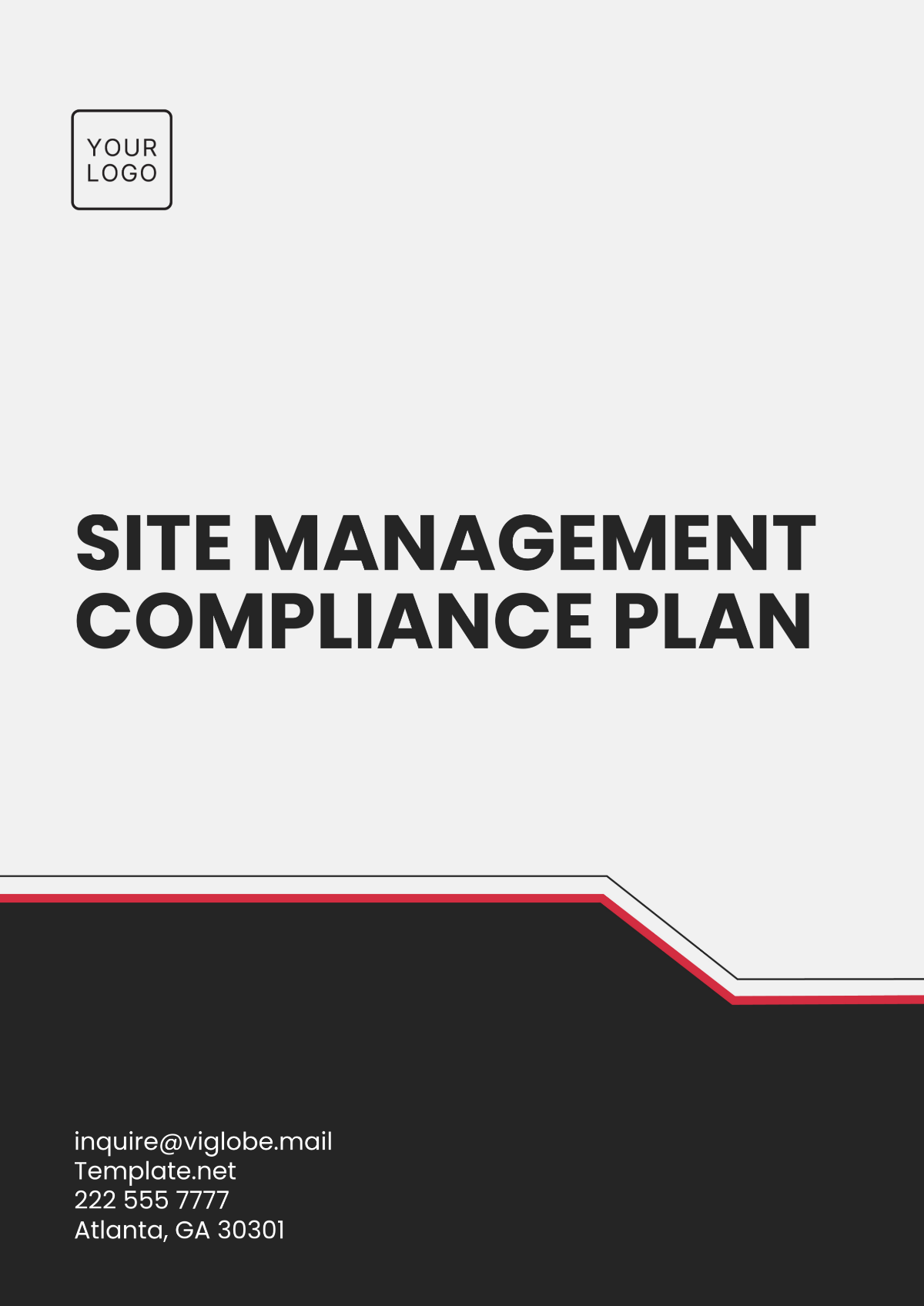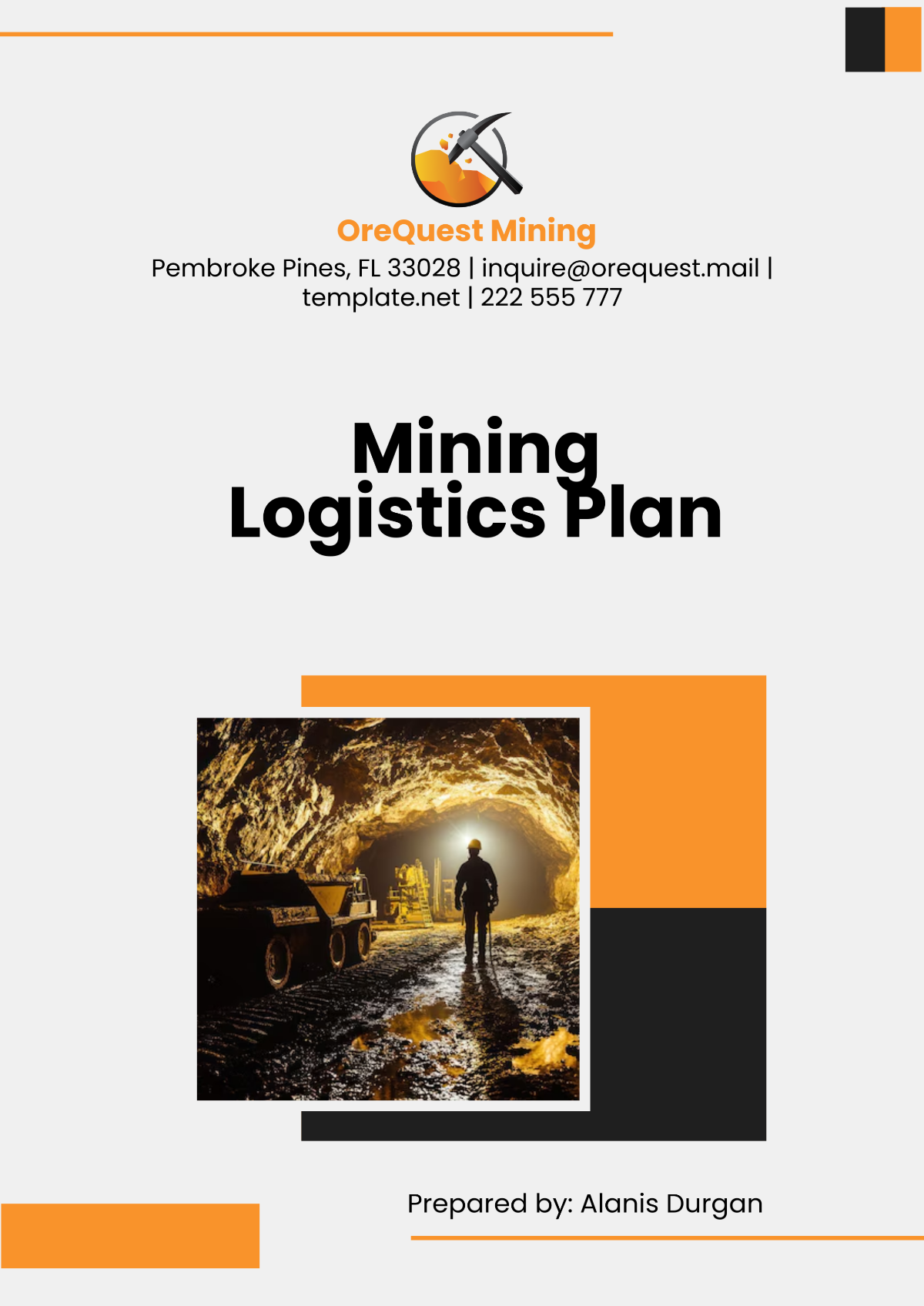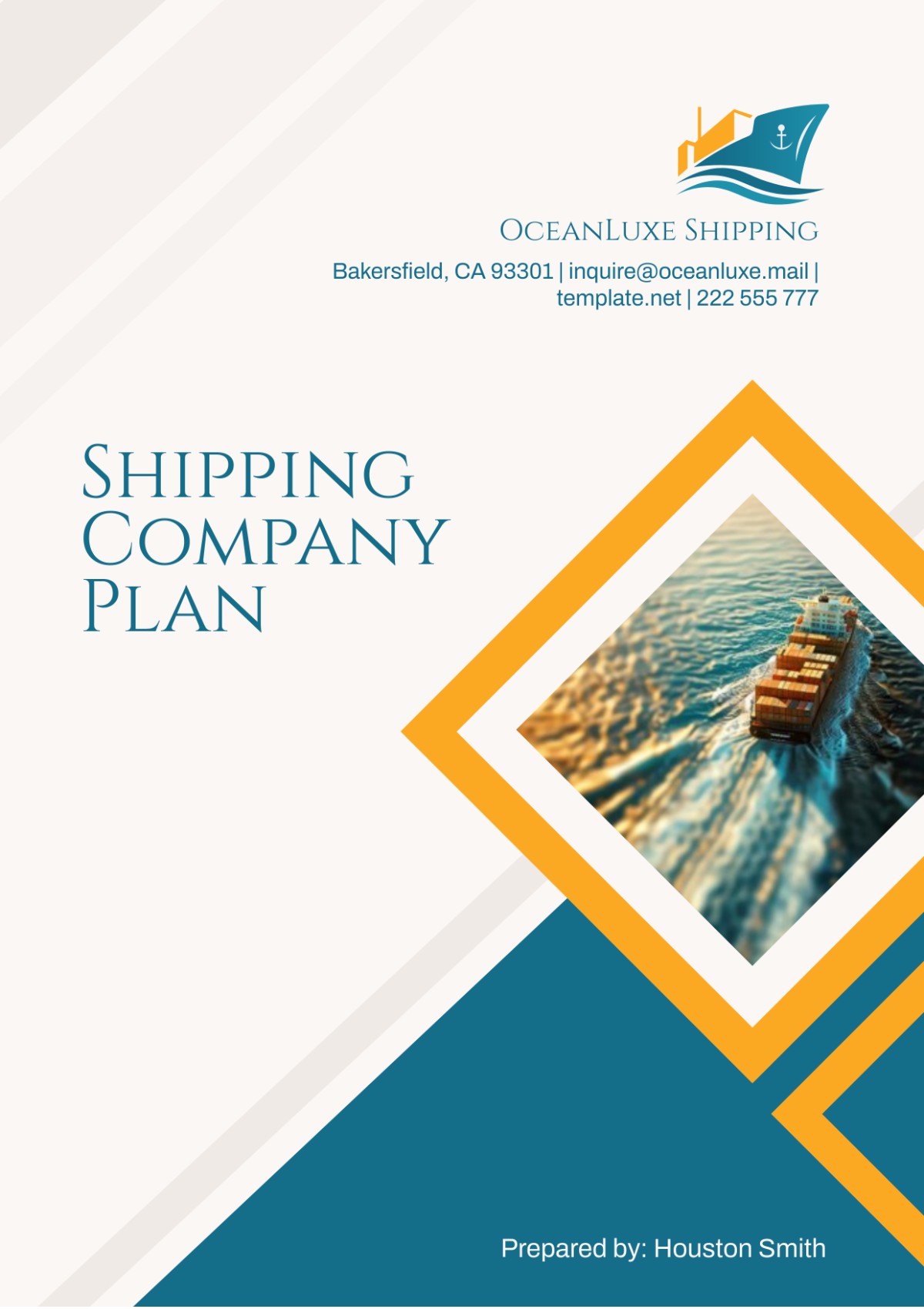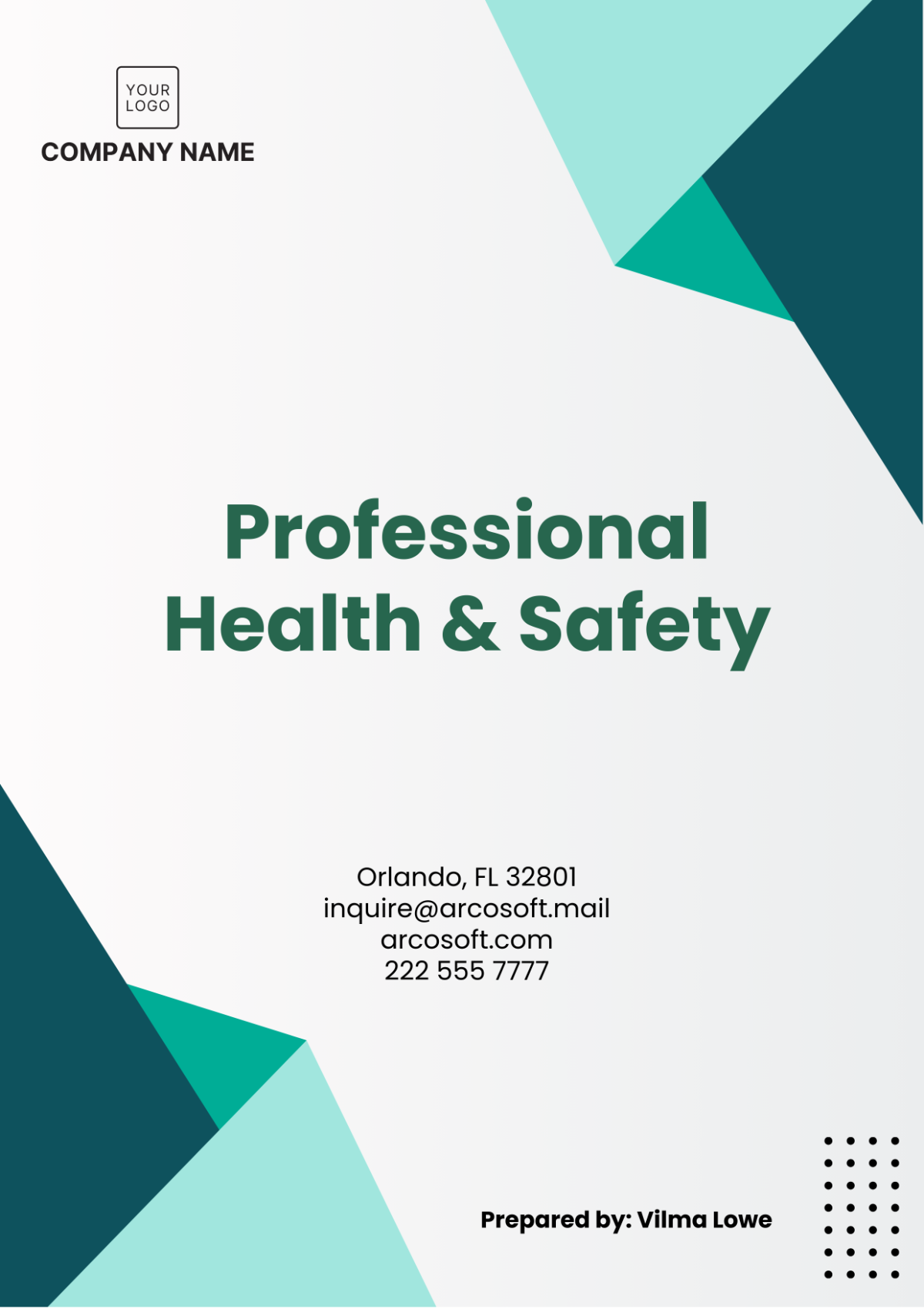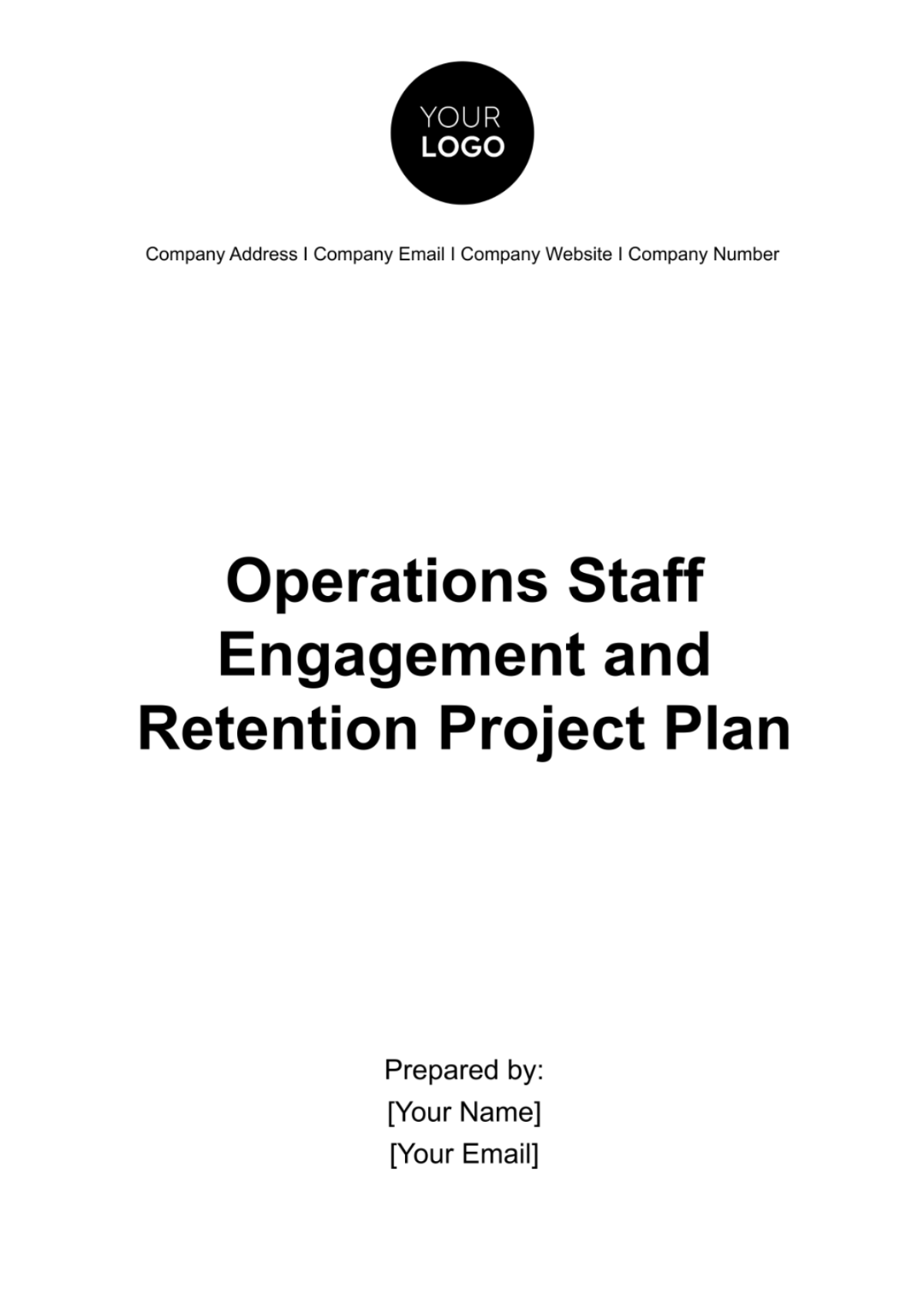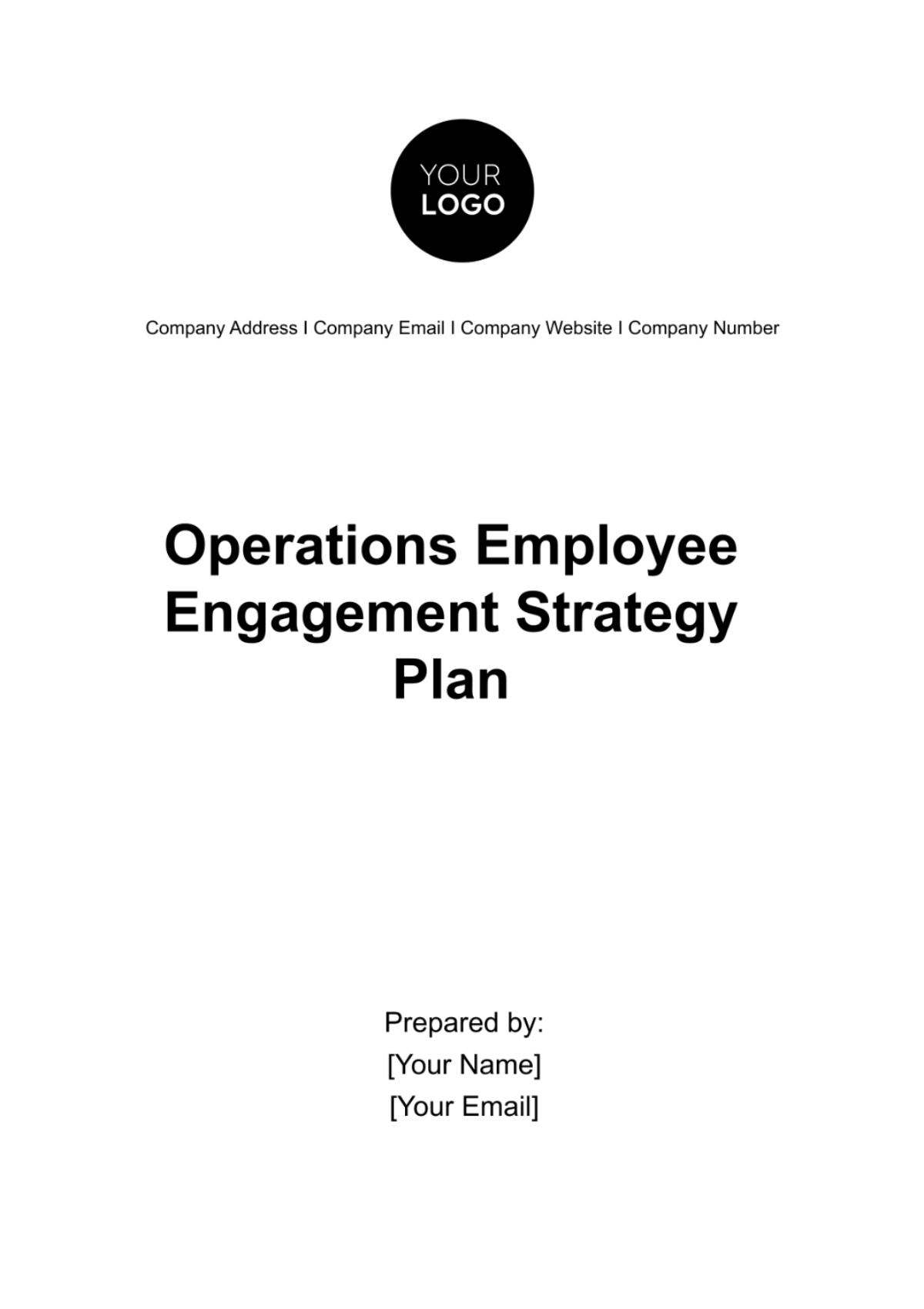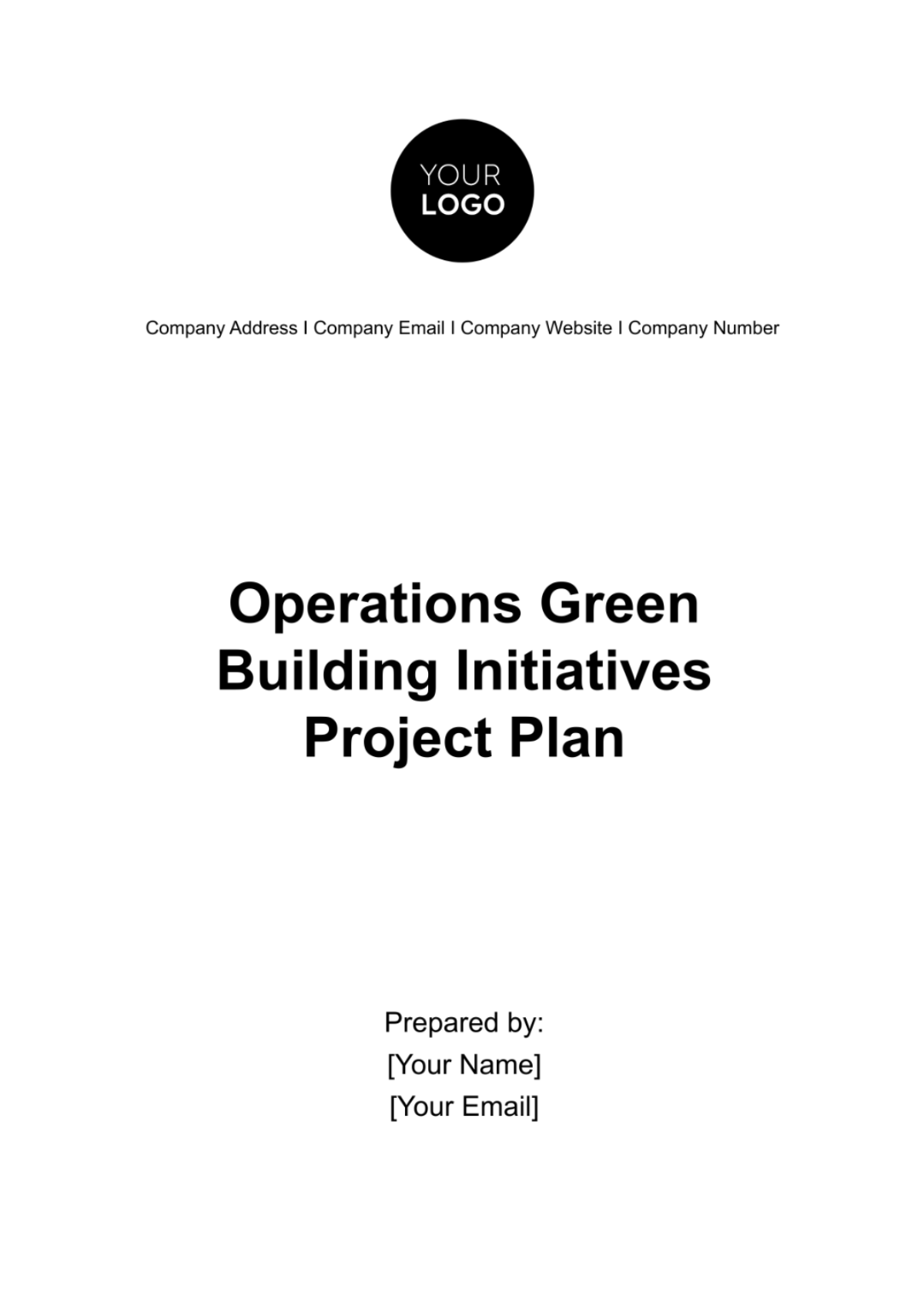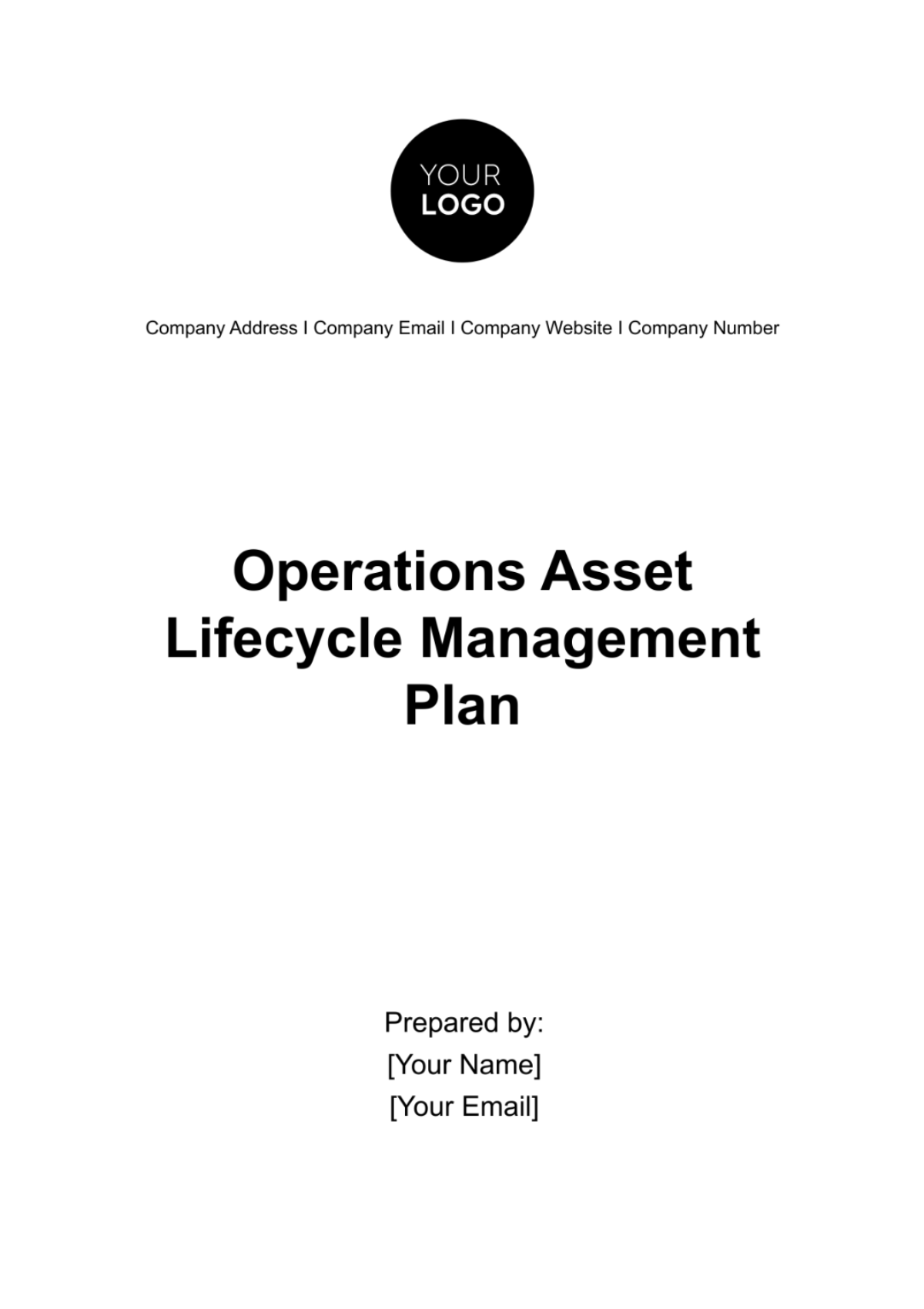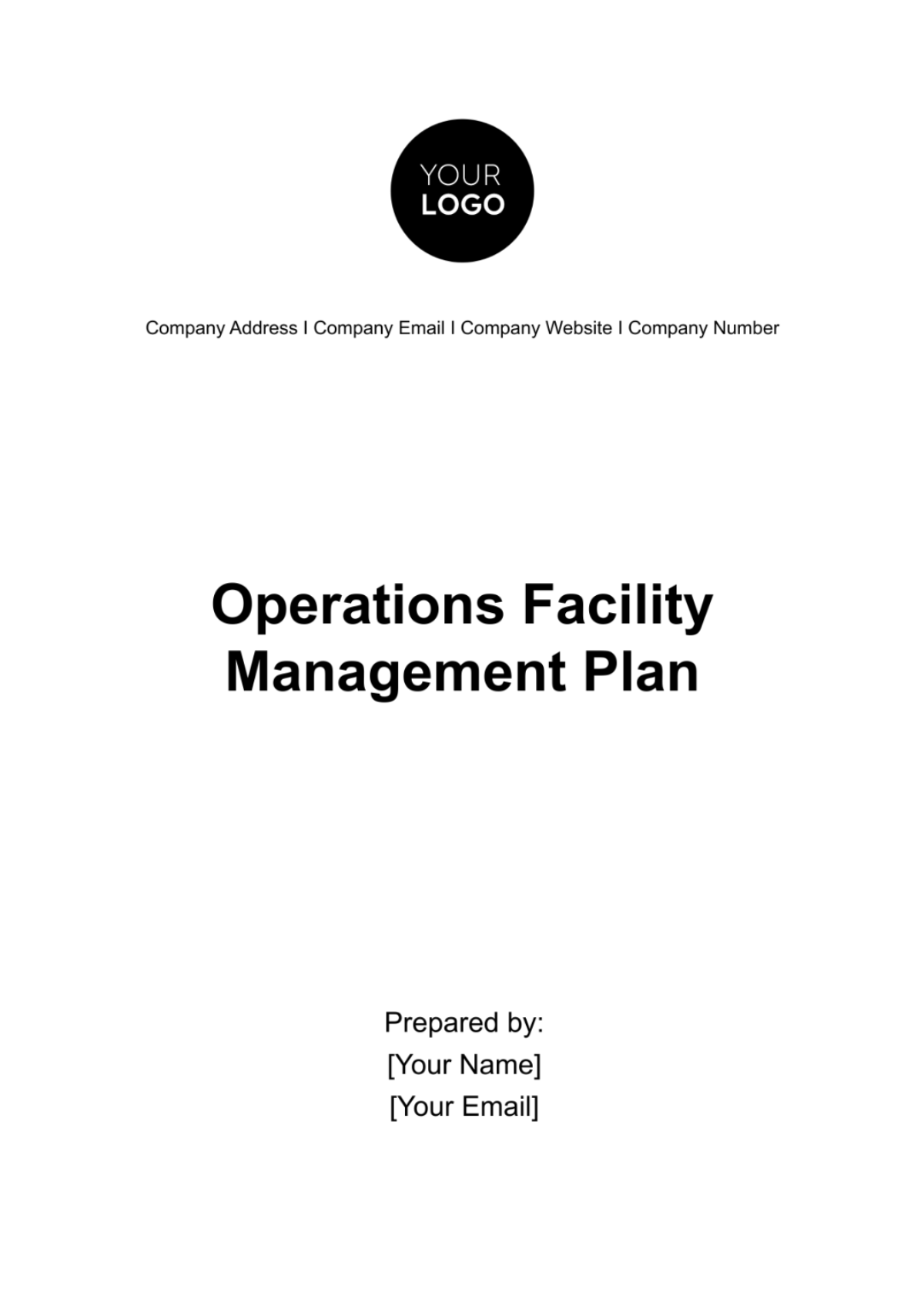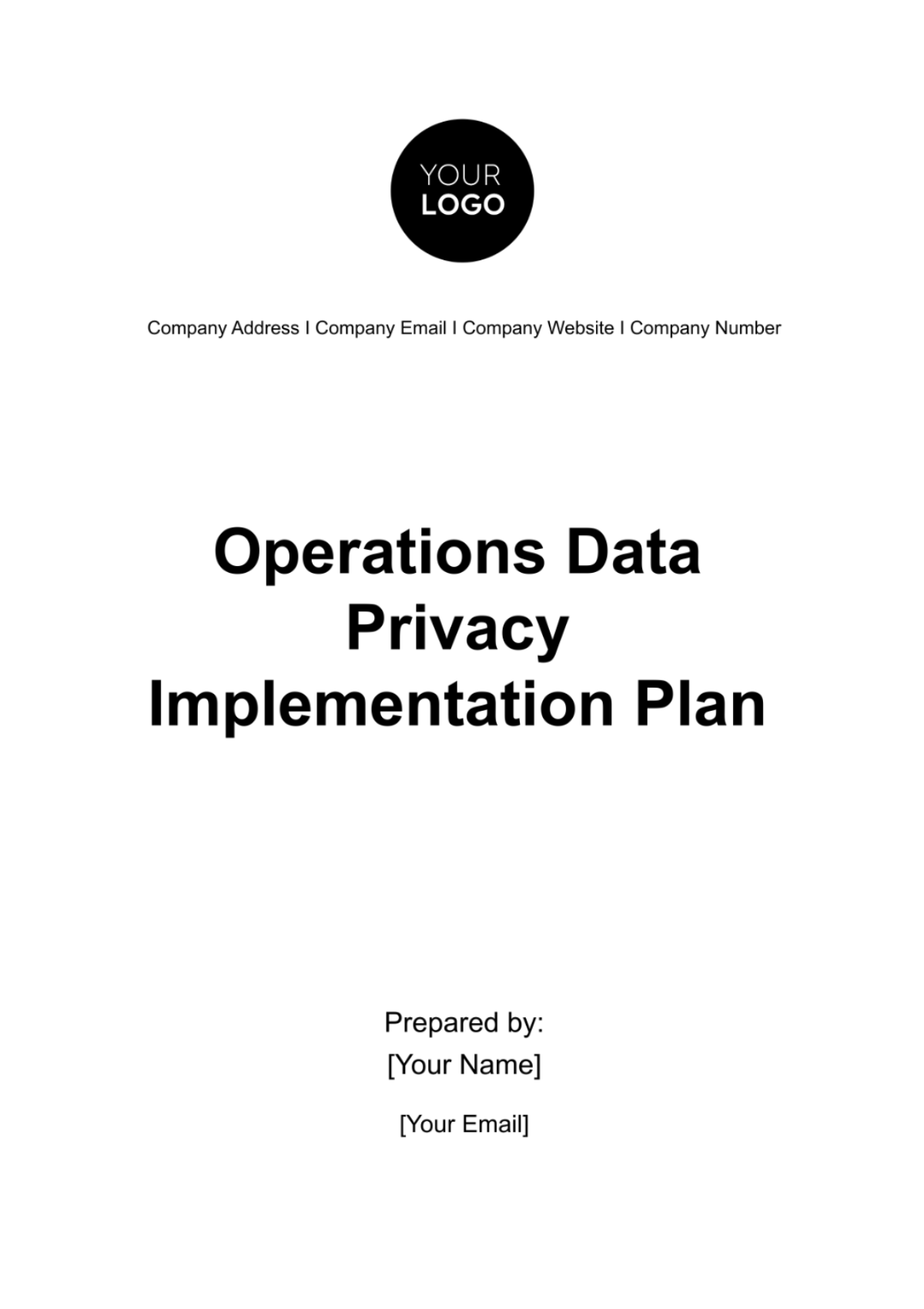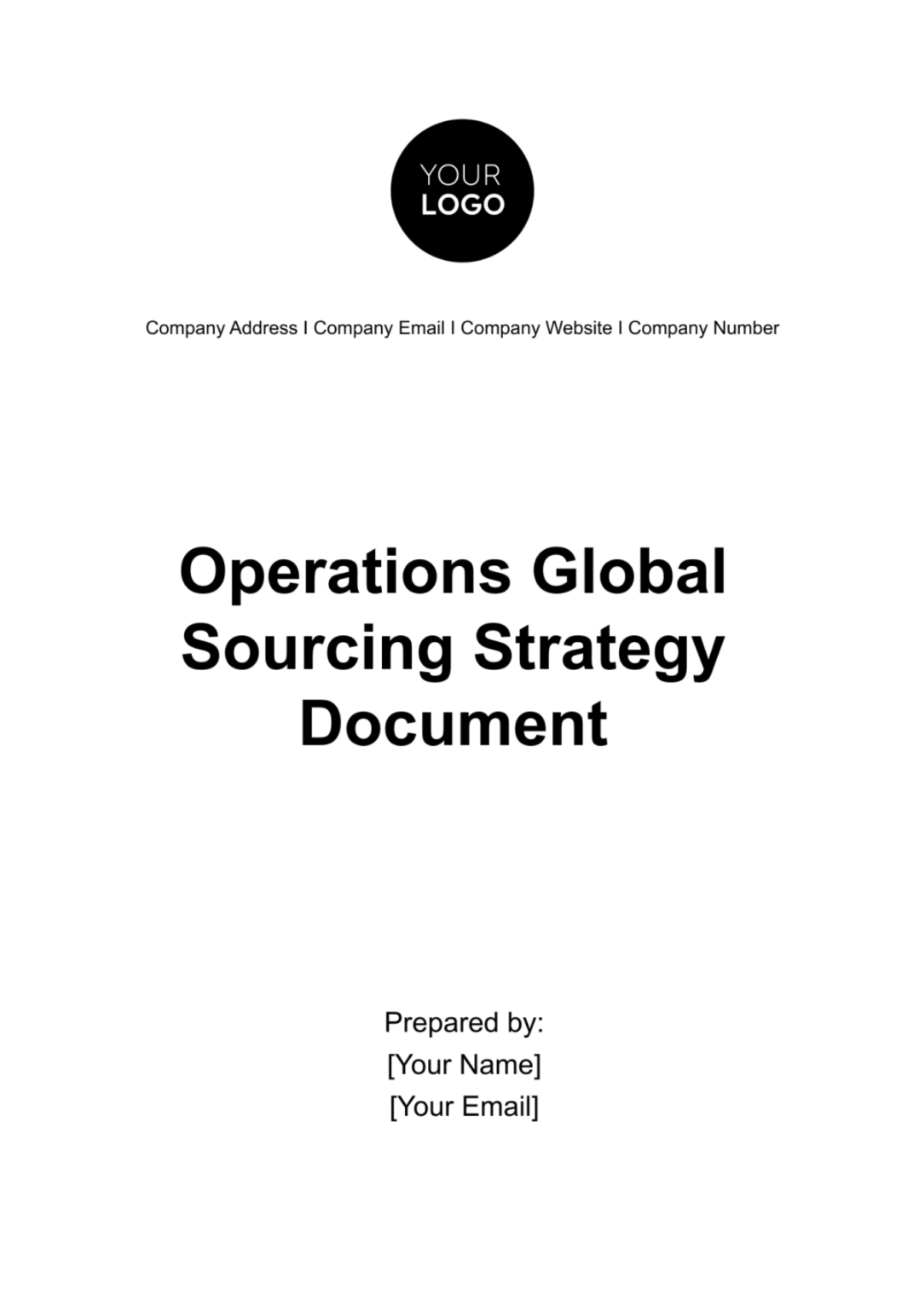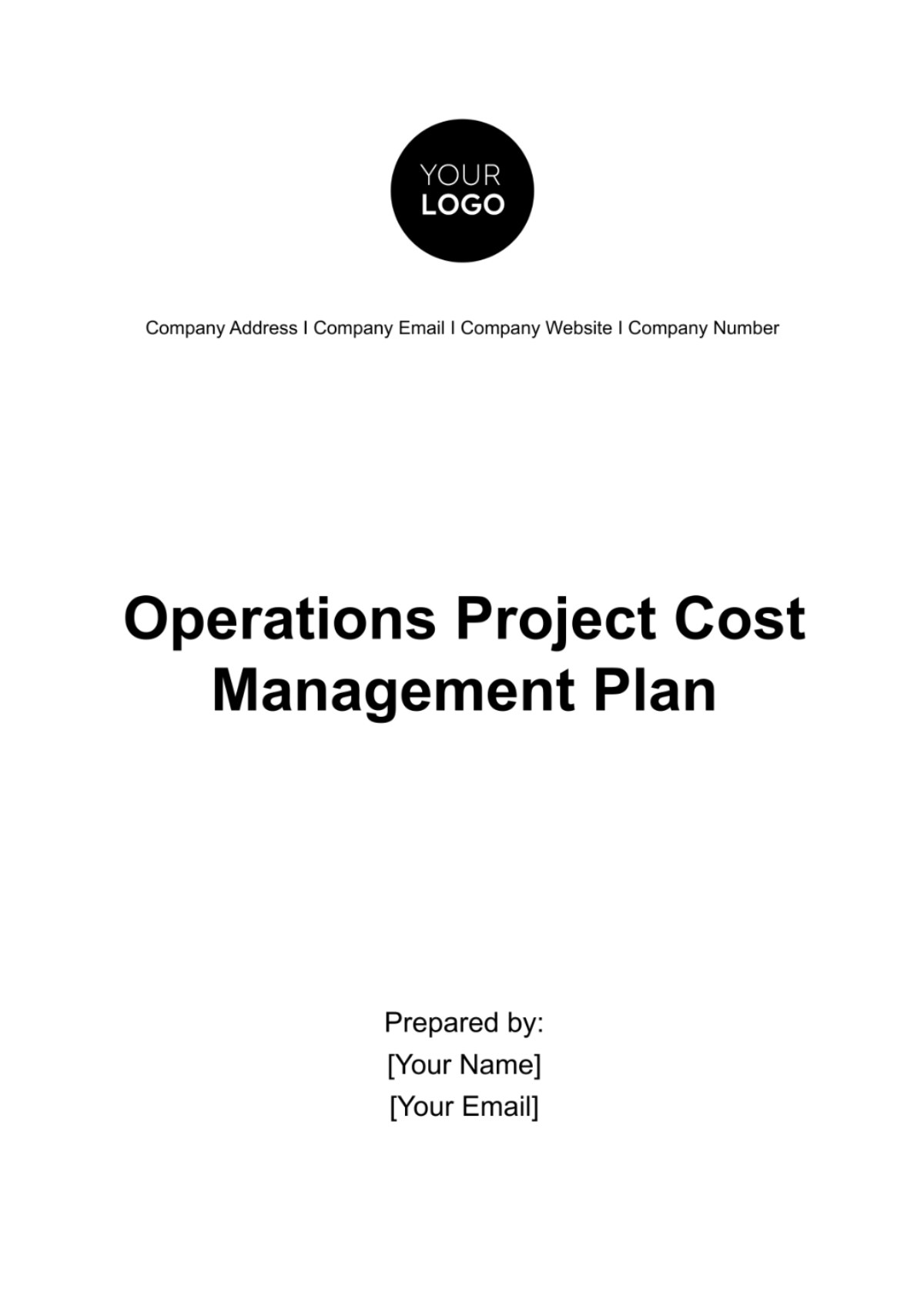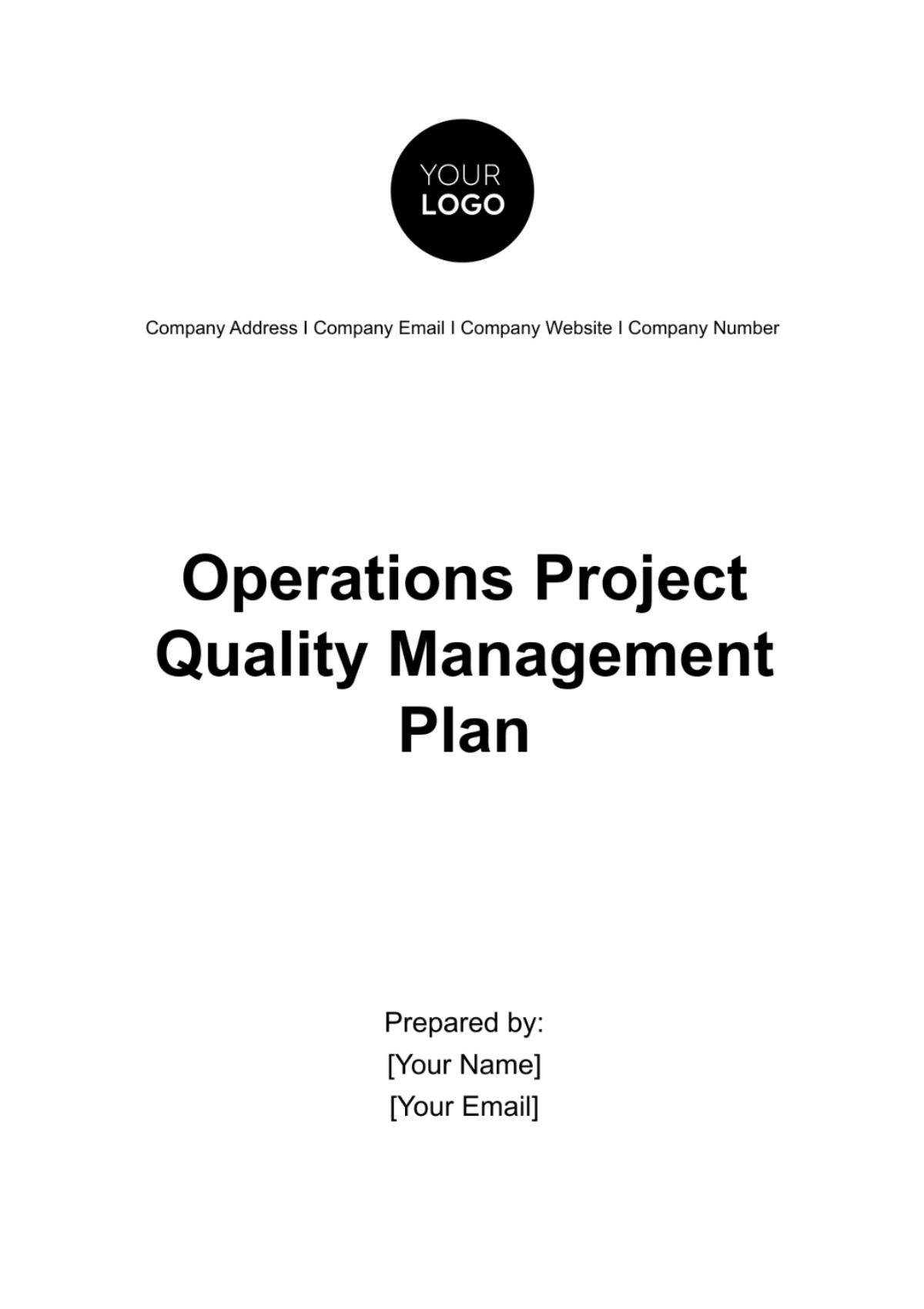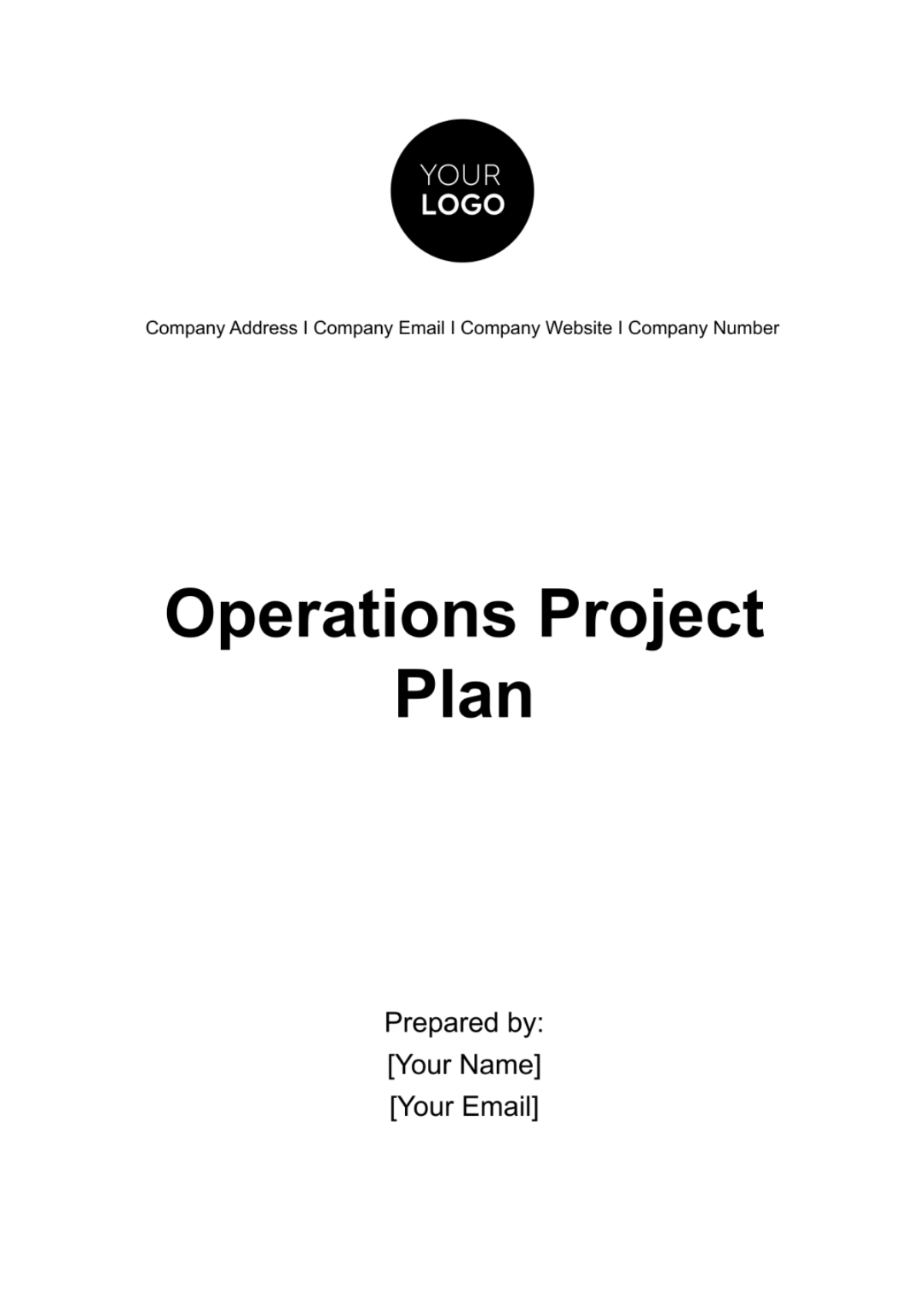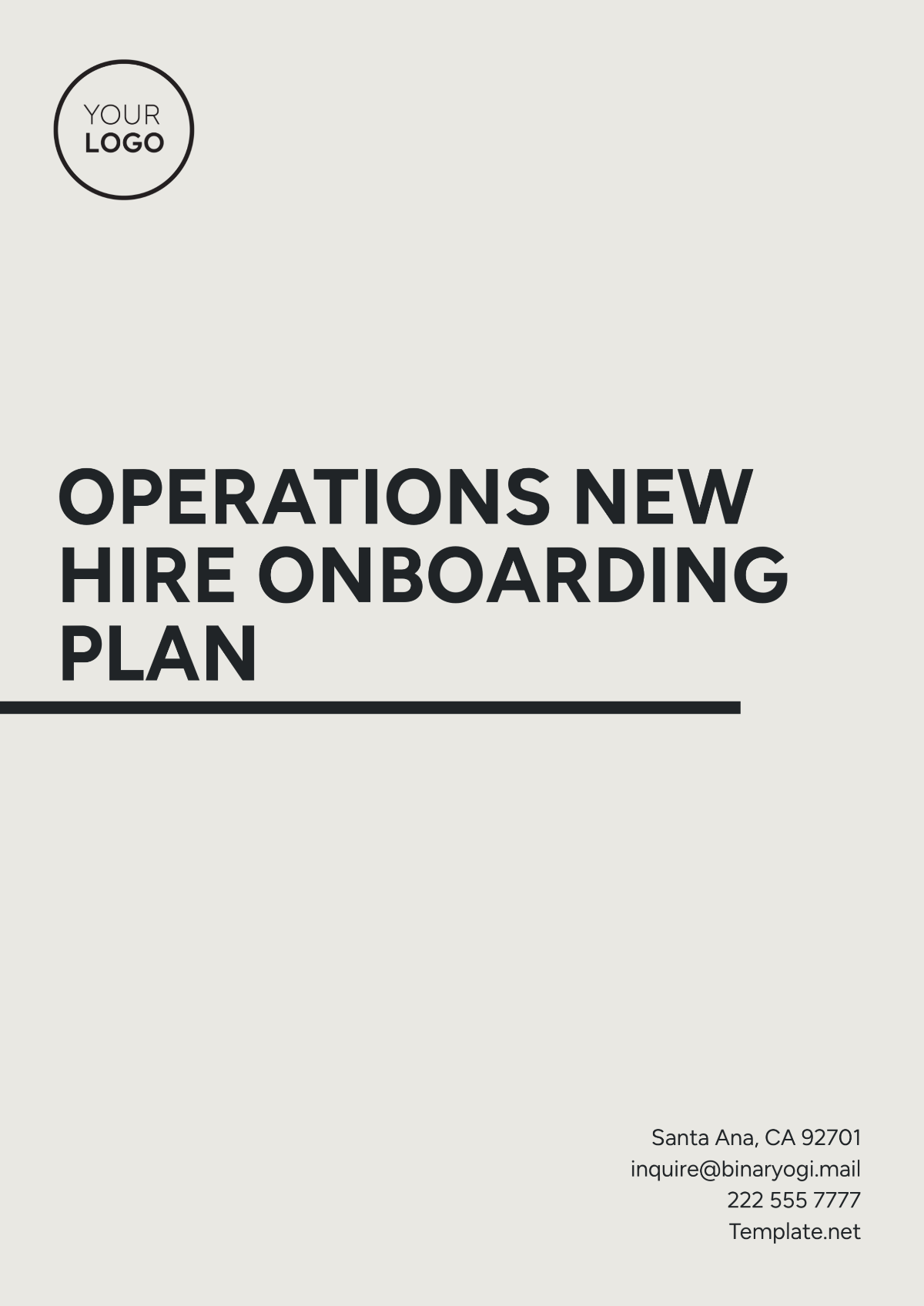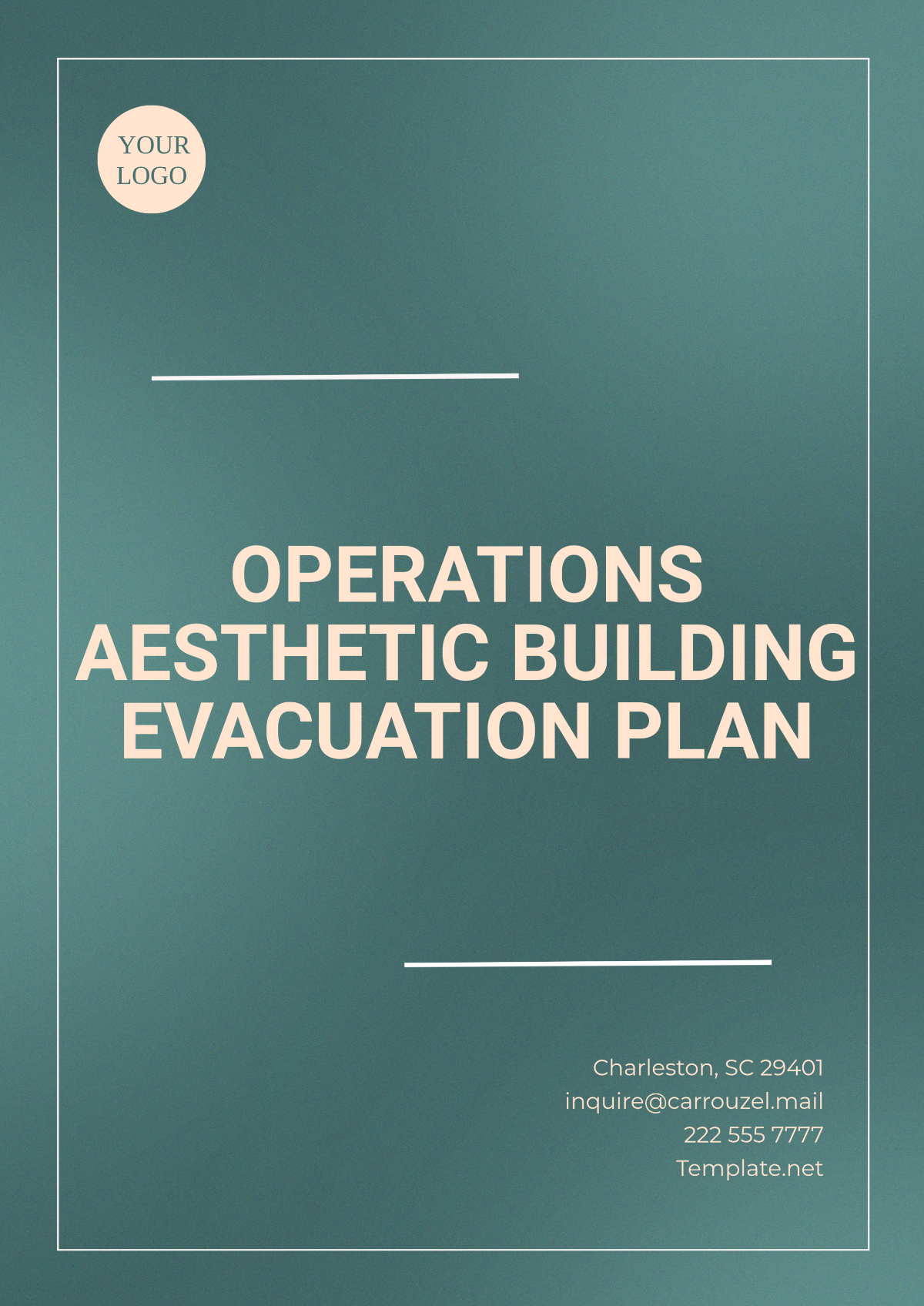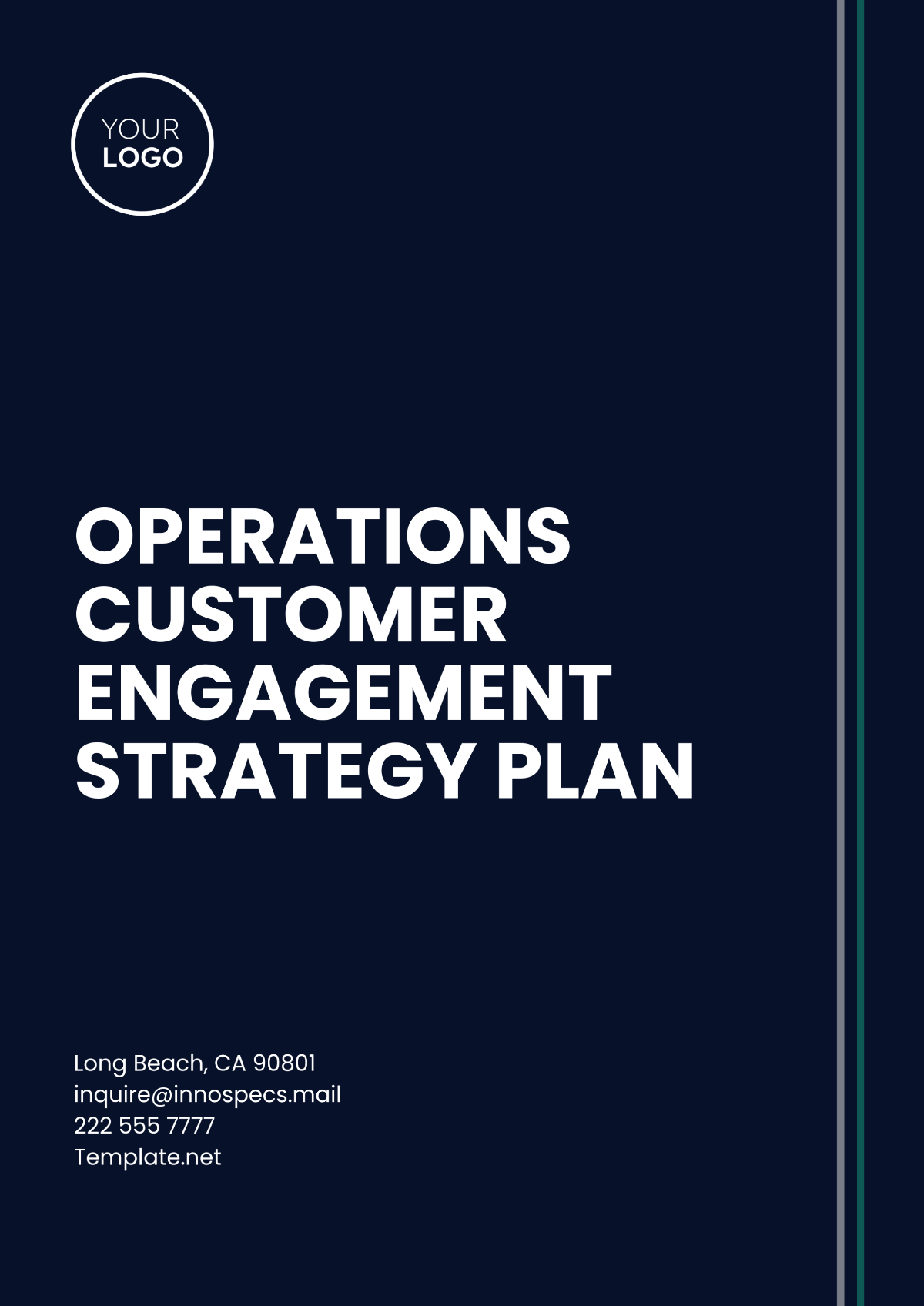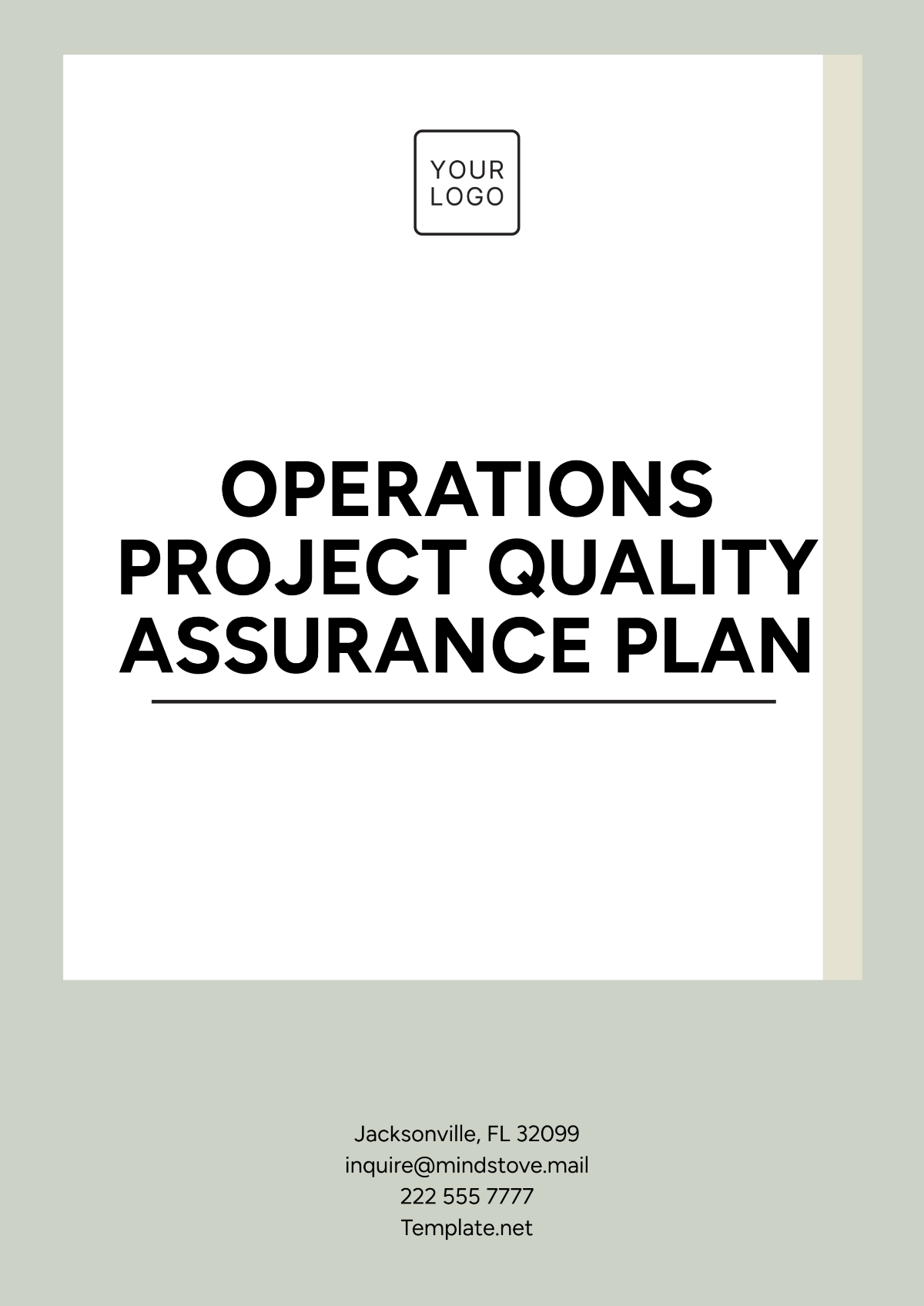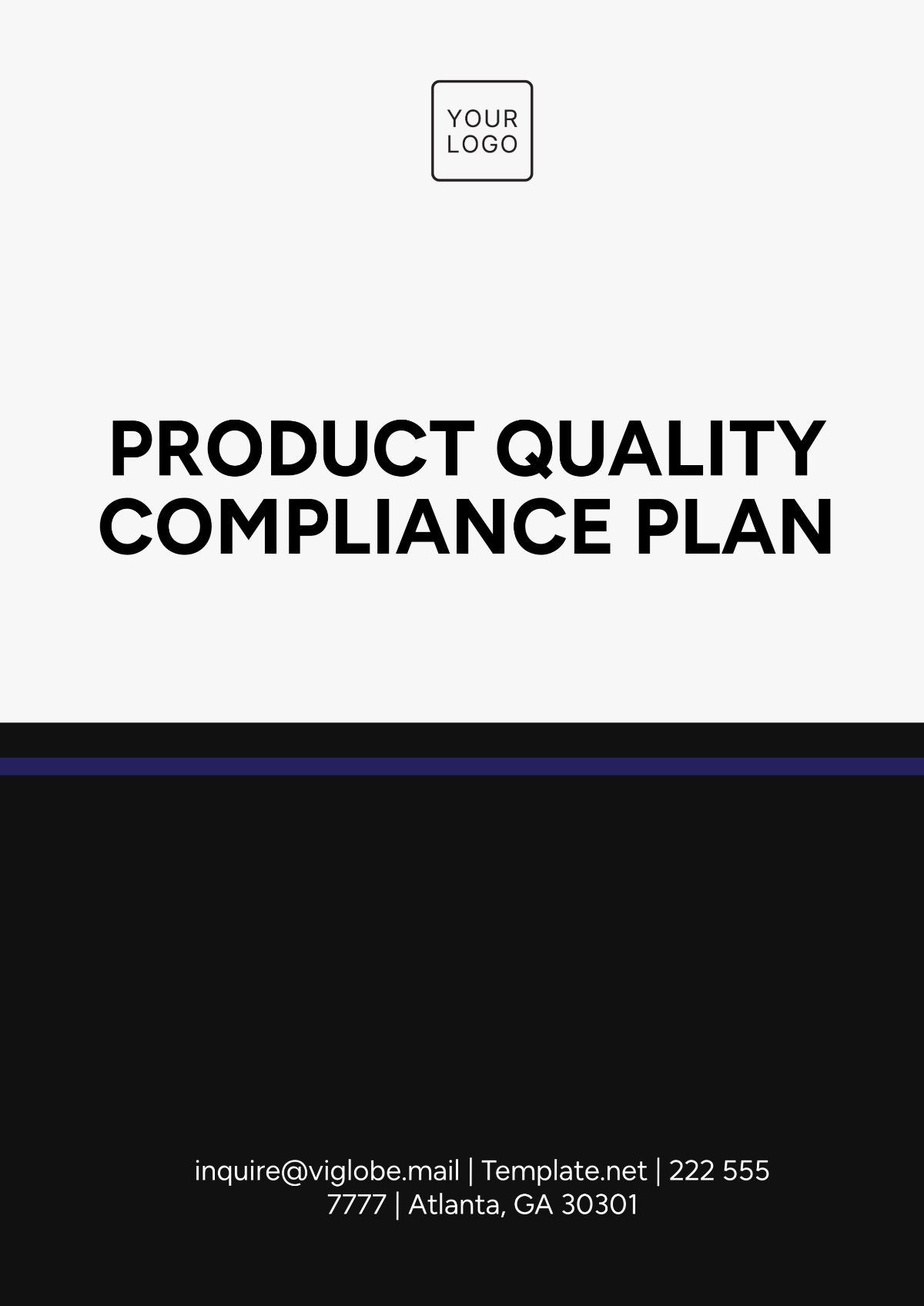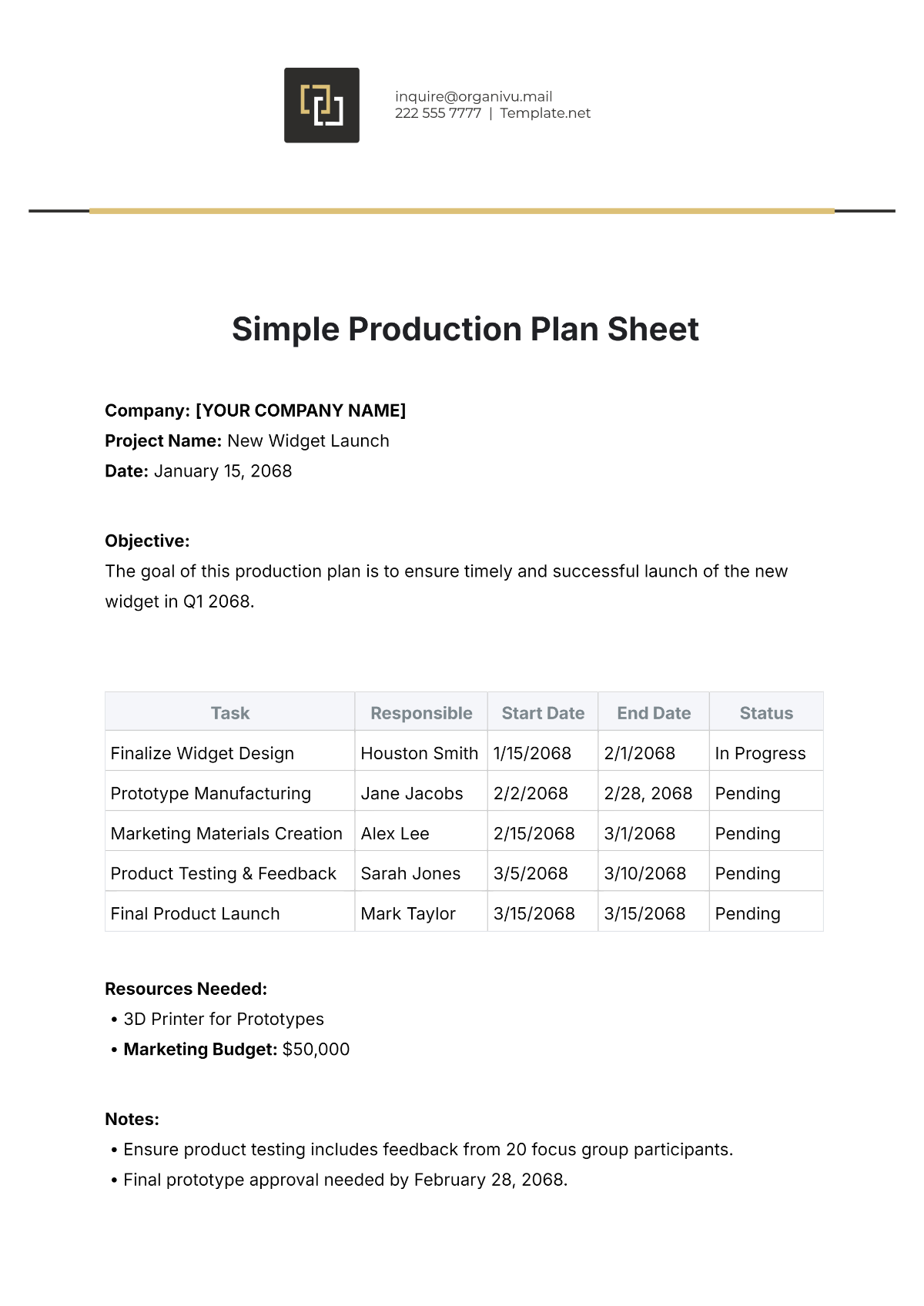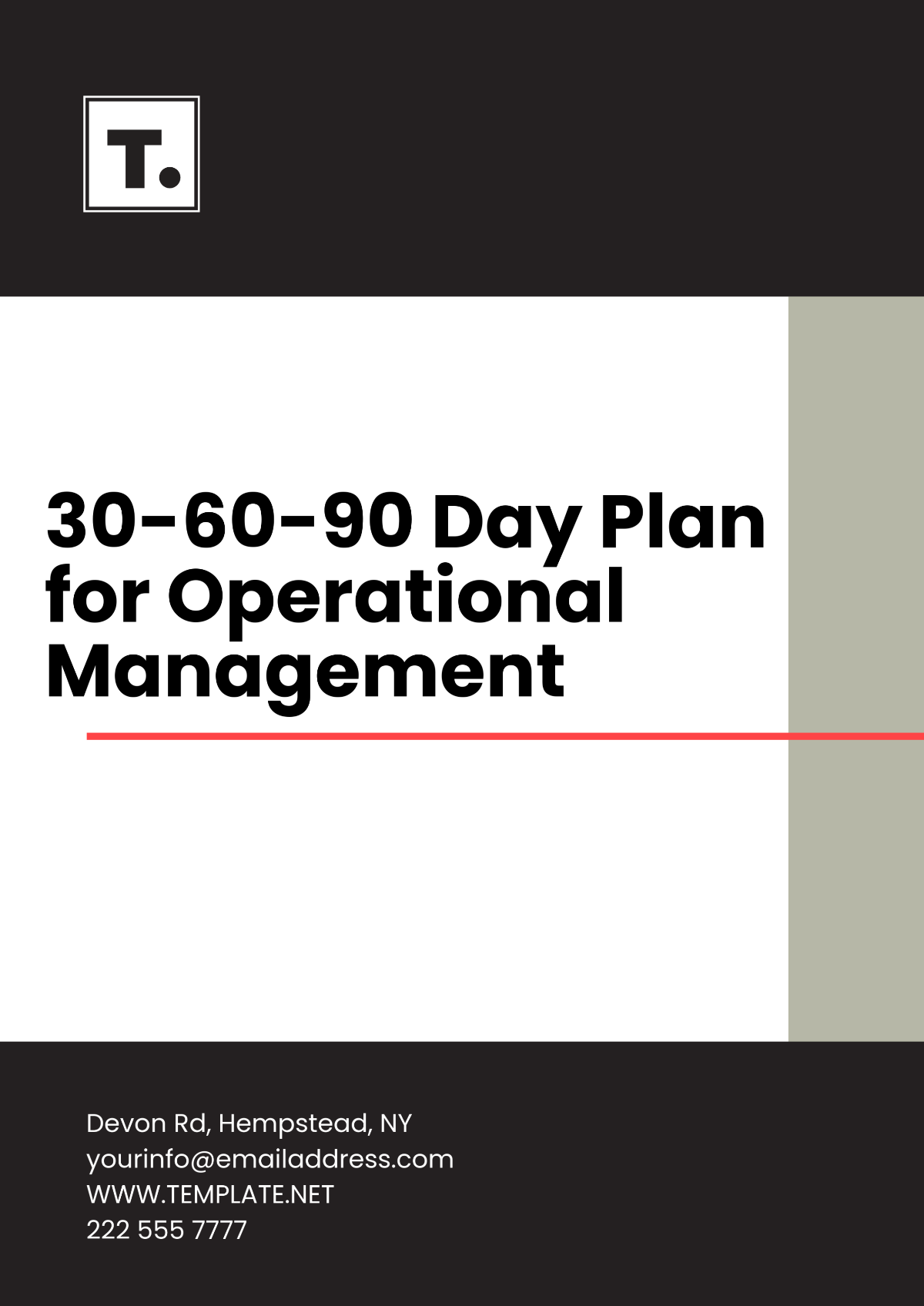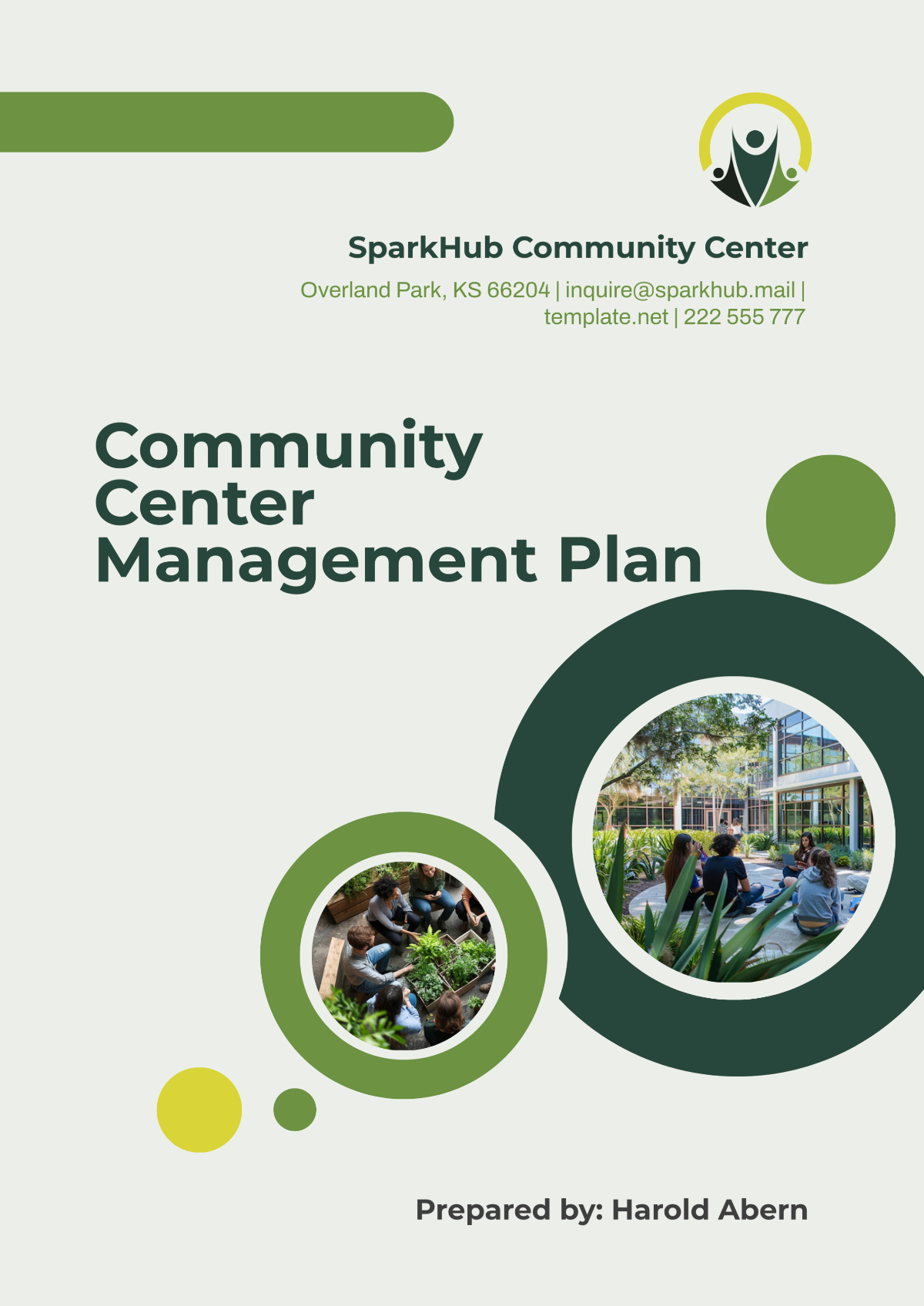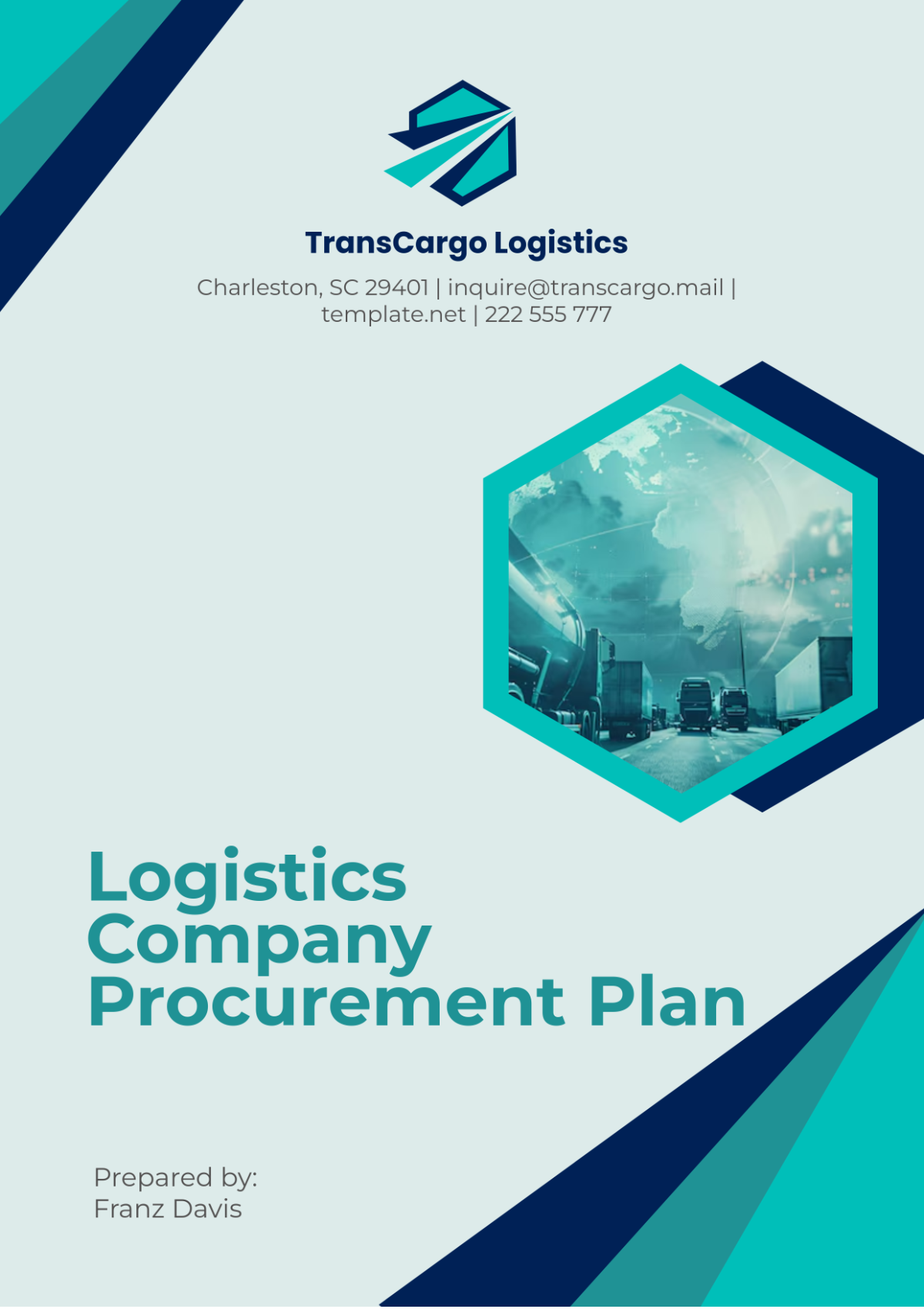Format Operations Facility Management Plan
Prepared By: | [Your Name] |
Company: | [Your Company Name] |
Date: | [Date] |
Introduction
The Format Operations Facility Management Plan is a comprehensive framework that outlines the procedures, policies, and best practices for the management of facility operations. This plan is designed to ensure the smooth and efficient functioning of all aspects of the facility, including maintenance, safety, staffing, and compliance. It provides clear guidelines for handling day-to-day operations while prioritizing safety, security, and sustainability.
1. Facility Overview
1.1 Facility Description
Provide a detailed overview of the facility, including its purpose, size, location, and key infrastructure components.
Facility Name: [Insert Name]
Location: [Insert Location]
Purpose: [Describe the purpose of the facility]
Key Features: [List major assets or equipment]
1.2 Facility Operational Hours
State the operational hours of the facility, including holidays or exceptions.
Operational Hours: [Insert hours]
Holiday Schedule: [Insert schedule]
2. Operational Procedures
2.1 Daily Operations
Outline the essential daily tasks to be managed by the operations team, including regular facility checks, cleaning, and equipment inspection.
Daily Facility Checks: [List areas to inspect daily, e.g., HVAC, lighting, etc.]
Cleaning Schedule: [Specify frequency and areas to be cleaned]
Equipment Inspections: [Outline inspection frequency and procedure]
2.2 Emergency Protocols
Establish clear procedures for responding to emergencies, including natural disasters, fires, and accidents.
Emergency Contact List: [Provide contact information for emergency services]
Evacuation Plans: [Detail emergency exits and evacuation routes]
Fire Safety Protocols: [Describe procedures for fire drills, extinguisher locations, etc.]
3. Maintenance Management
3.1 Routine Maintenance
Define the schedule and responsibilities for regular maintenance tasks to prevent facility breakdowns.
HVAC System Maintenance: [Specify frequency and responsible team]
Plumbing & Electrical Inspections: [List routine checks]
Lighting & Equipment Upkeep: [Detail maintenance schedule for lighting, machinery, etc.]
3.2 Vendor and Contractor Management
Outline the process for hiring, managing, and evaluating external vendors and service providers.
Vendor Selection Criteria: [Describe selection process]
Contract Management: [Outline contract terms and expectations]
Performance Evaluation: [Define evaluation process for vendor services]
4. Health, Safety, and Compliance
4.1 Regulatory Compliance
Ensure the facility meets all required safety and environmental regulations by setting up internal and external audits.
Health and Safety Inspections: [Frequency and checklist]
Environmental Compliance: [List sustainability efforts and waste management practices]
4.2 Safety Training
Describe the ongoing safety training programs for staff to ensure a safe working environment.
Training Frequency: [Specify how often training will be conducted]
Training Content: [Detail topics such as fire safety, emergency first aid, etc.]
5. Staffing and Resource Management
5.1 Staff Responsibilities
Define roles and responsibilities for all staff involved in facility operations, from maintenance teams to security.
Operations Manager: [Insert responsibilities]
Maintenance Staff: [Detail key tasks]
Security Personnel: [List duties and security measures]
5.2 Resource Allocation
Outline the allocation of resources (staff, materials, equipment) for smooth daily operations.
Staff Scheduling: [Outline shift patterns and coverage]
Resource Budgeting: [Provide guidelines for resource usage]
6. Sustainability and Energy Management
6.1 Energy Efficiency
Set guidelines for energy usage and efficiency, focusing on cost savings and environmental impact.
Energy Consumption Monitoring: [Outline how energy consumption will be tracked]
Sustainability Initiatives: [List efforts such as recycling, energy-efficient systems, etc.]
6.2 Waste Management
Describe waste management practices to minimize the environmental footprint.
Recycling Programs: [List materials to be recycled]
Waste Disposal Protocols: [Detail waste removal process]
7. Review and Continuous Improvement
7.1 Performance Monitoring
Establish metrics and methods for evaluating the effectiveness of the facility management plan.
Key Performance Indicators (KPIs): [List KPIs for performance tracking]
Review Frequency: [Specify when and how reviews will occur]
7.2 Feedback and Improvements
Create a feedback loop for continuous improvement by collecting input from staff, vendors, and facility users.
Feedback Channels: [Detail how feedback will be gathered]
Improvement Action Plan: [Outline how feedback will be used to improve operations]
Conclusion
The Format Operations Facility Management Plan serves as the backbone for ensuring the efficient, safe, and compliant operation of the facility. By following this structured approach, organizations can optimize resource allocation, minimize operational disruptions, and enhance the overall functionality and sustainability of the facility.
